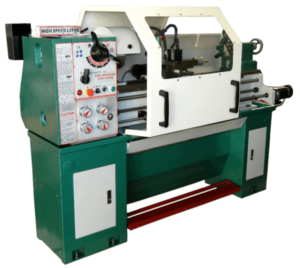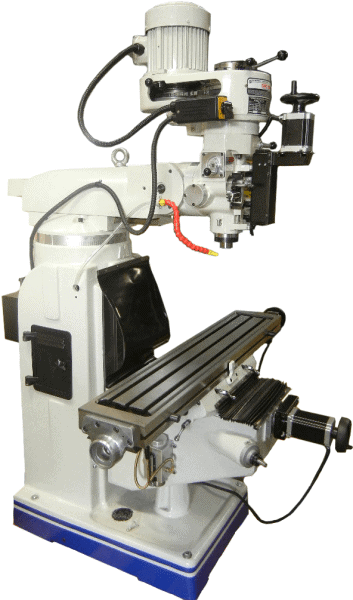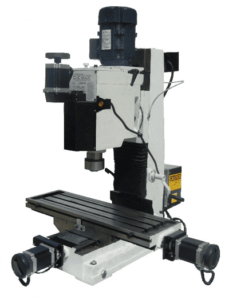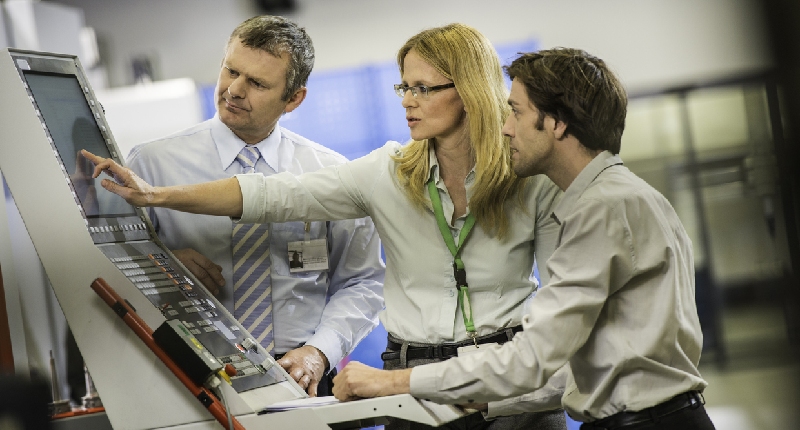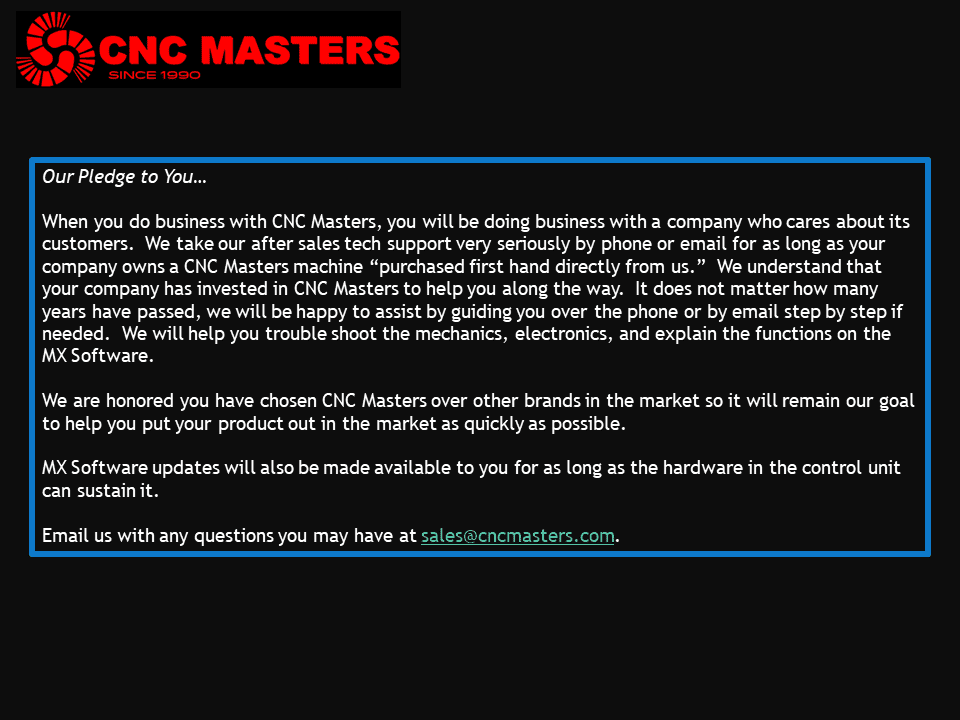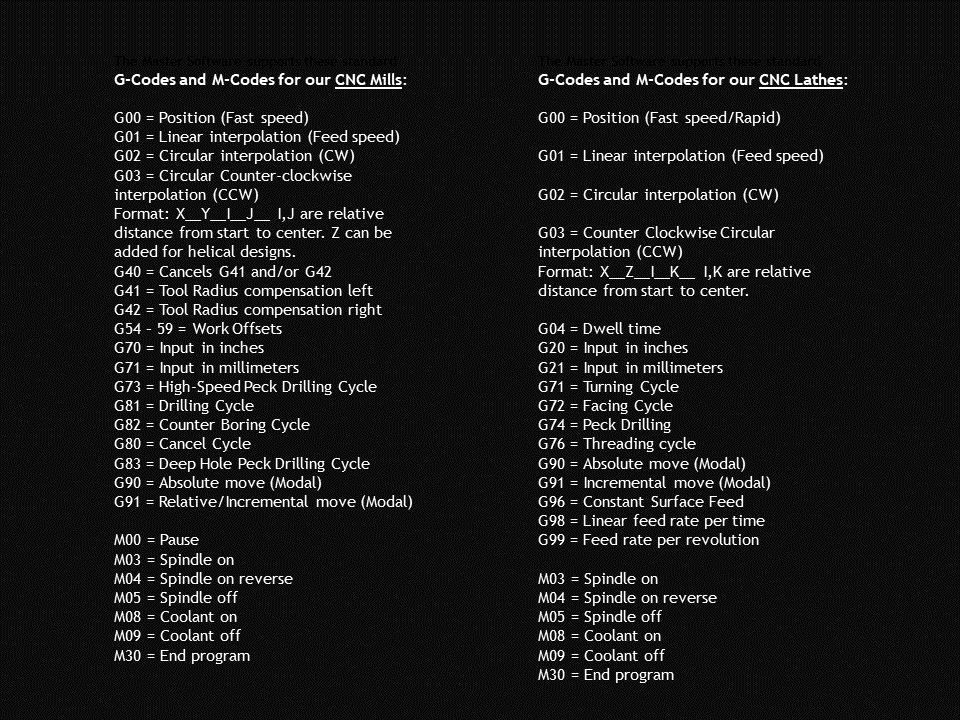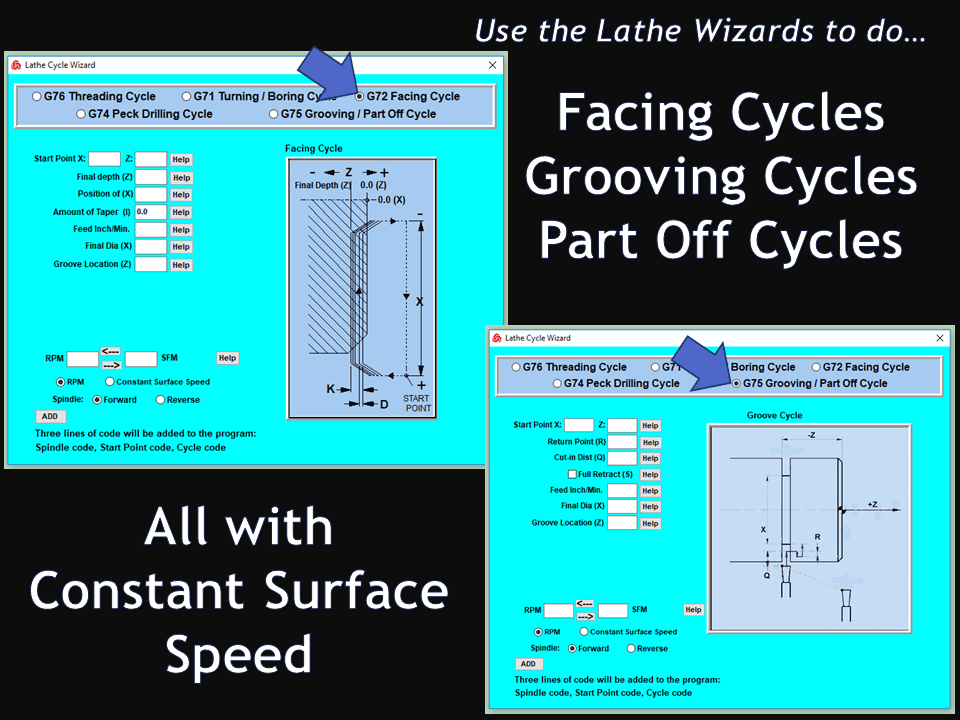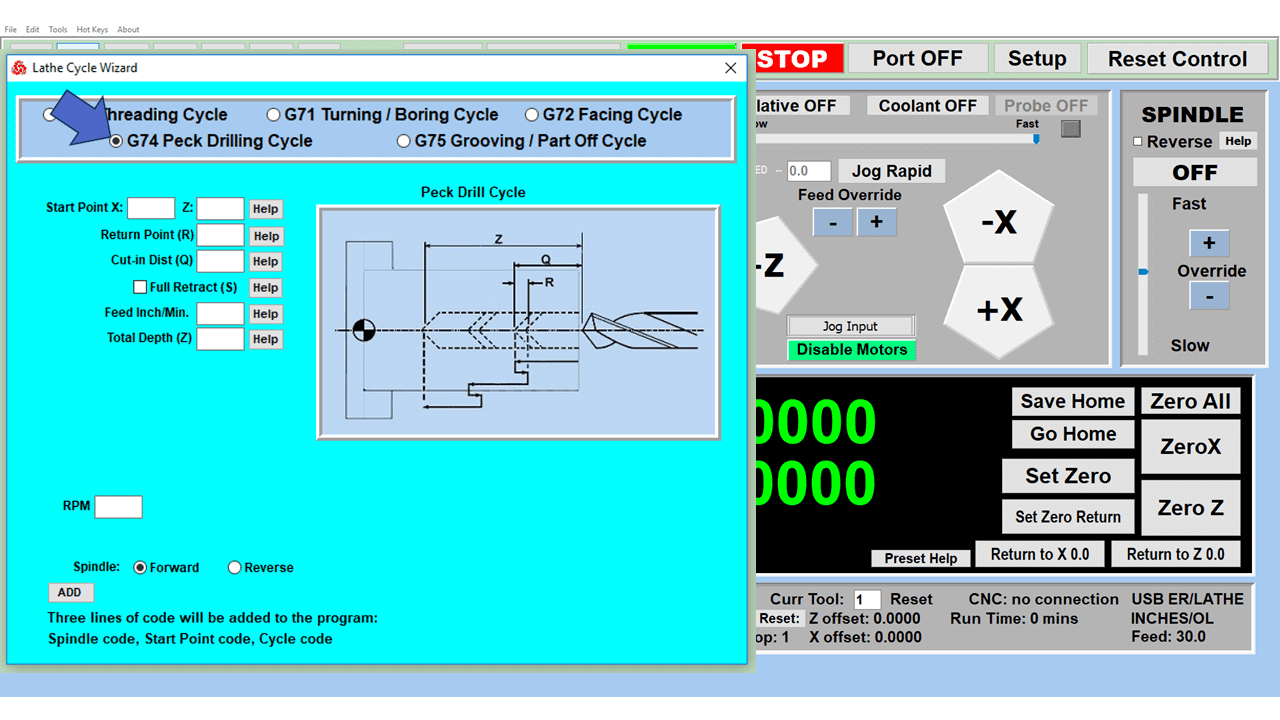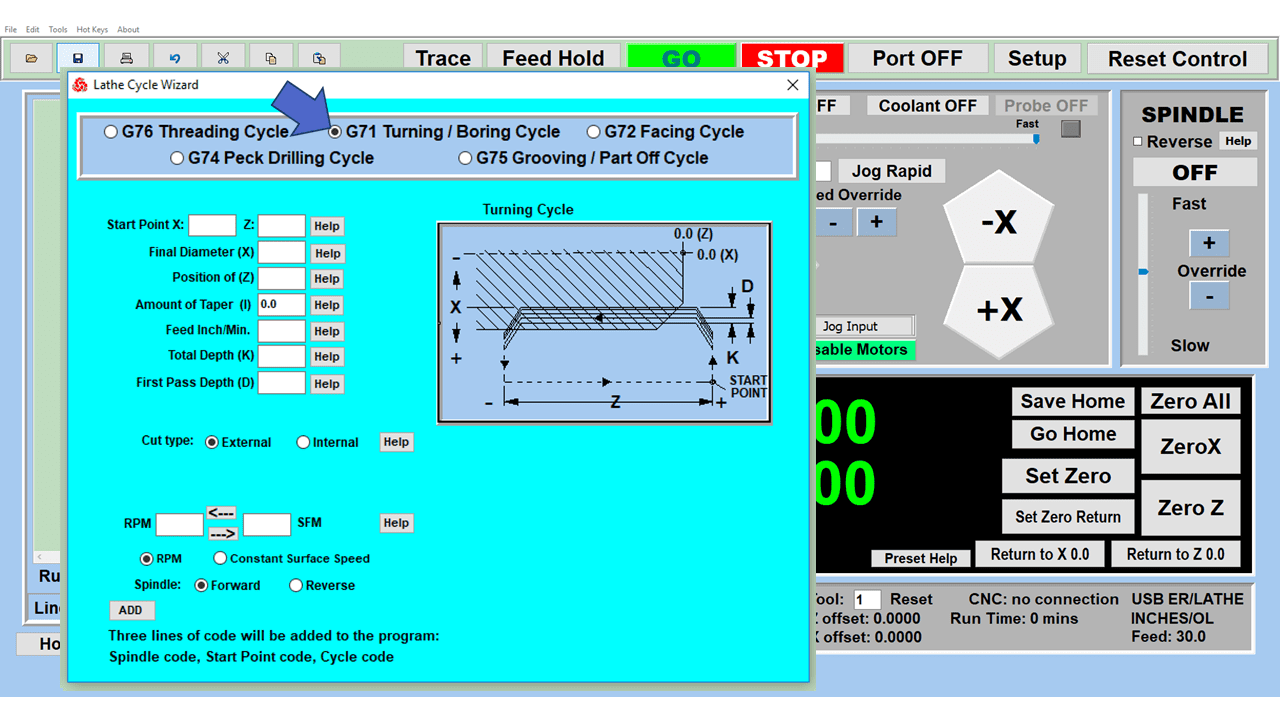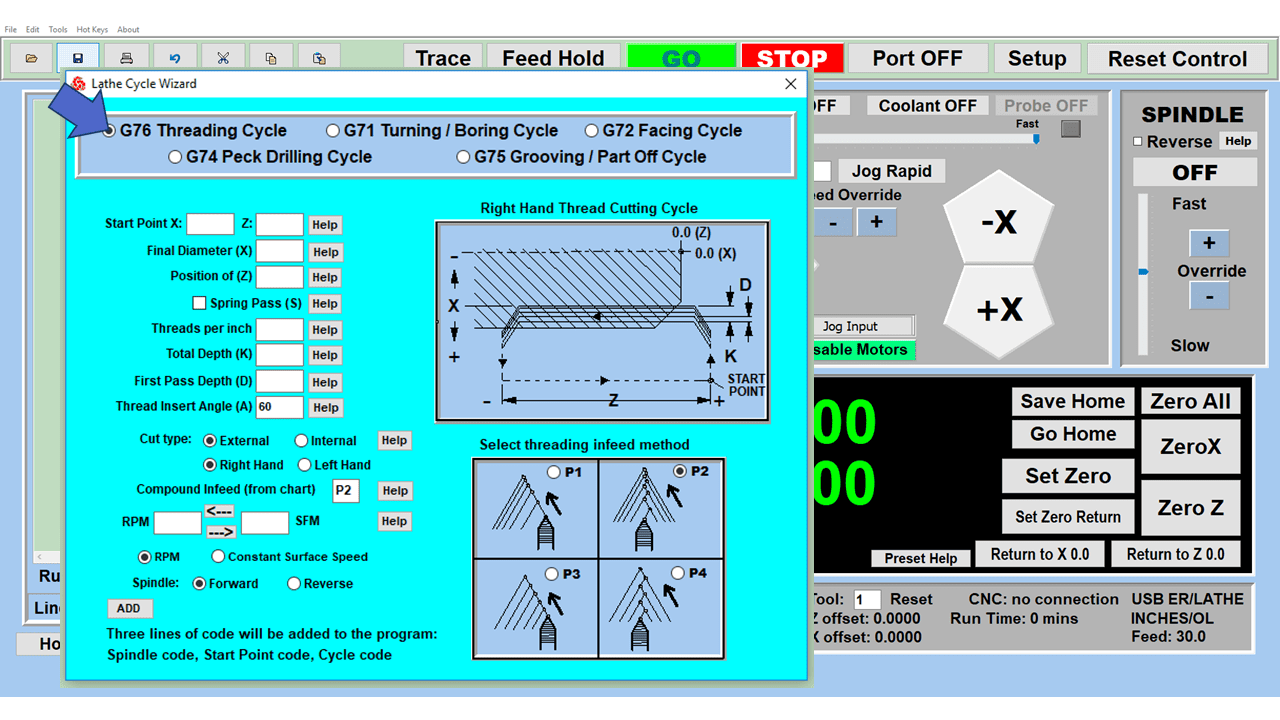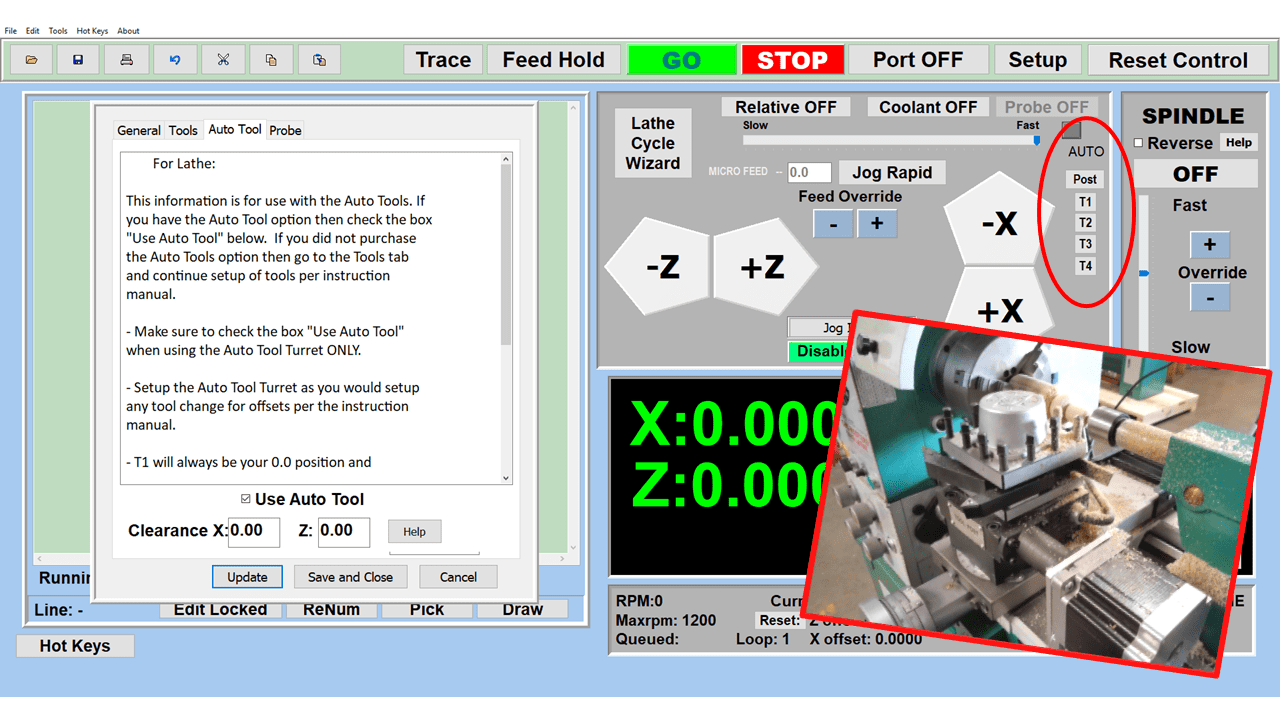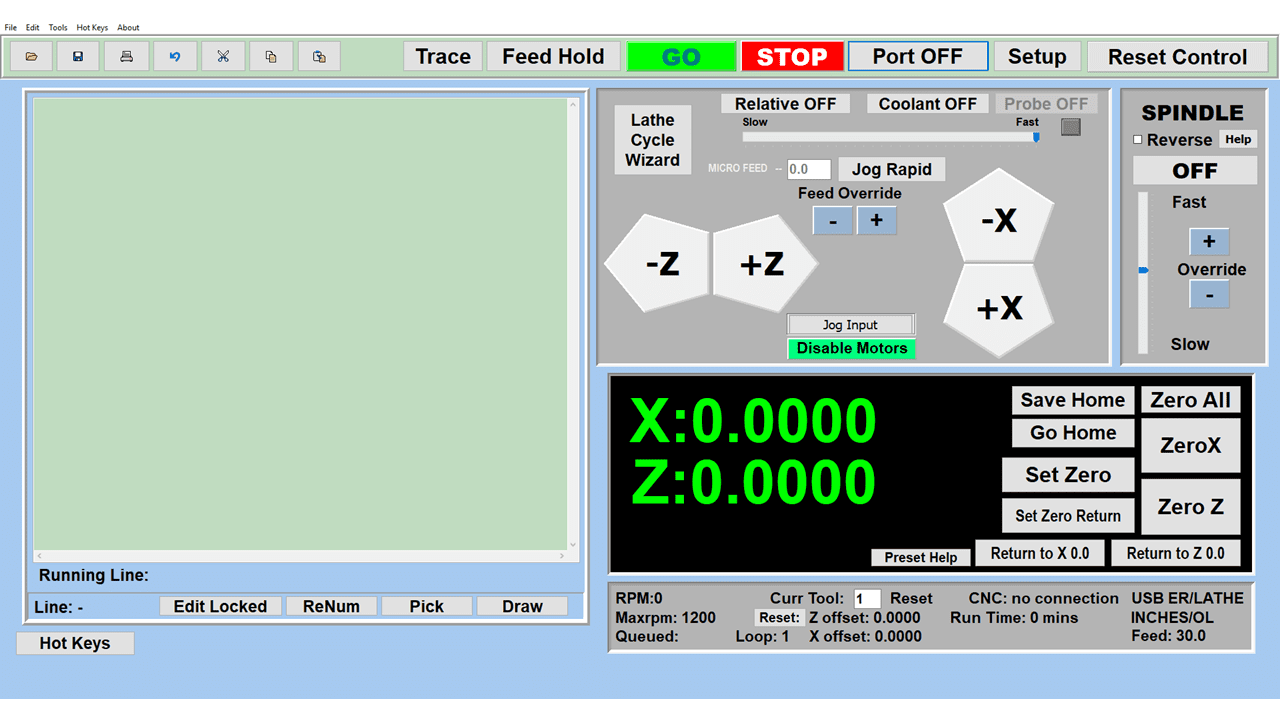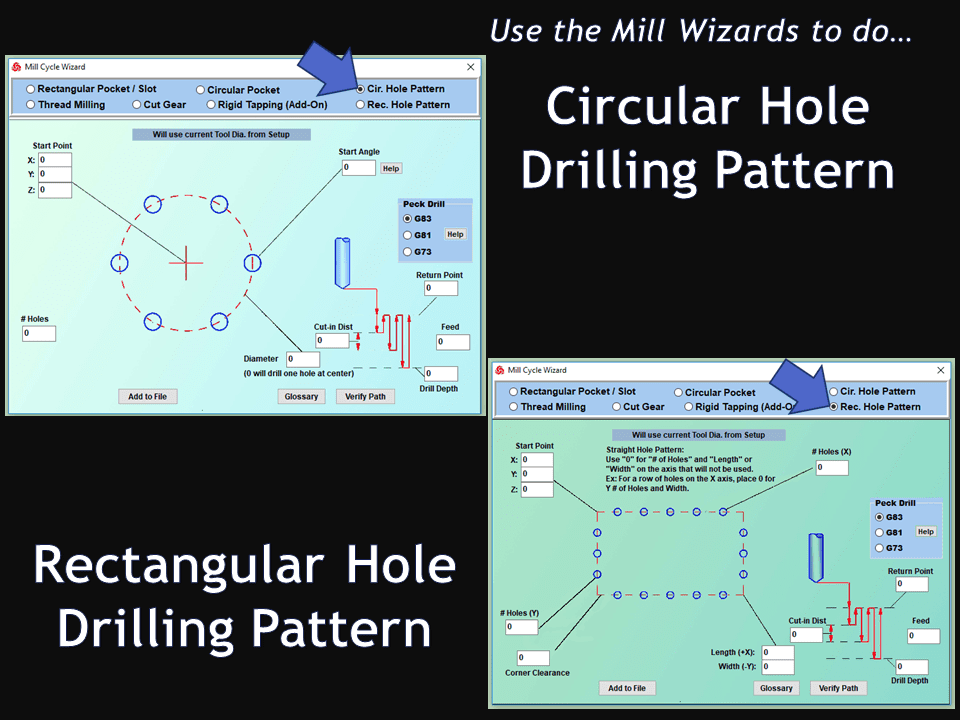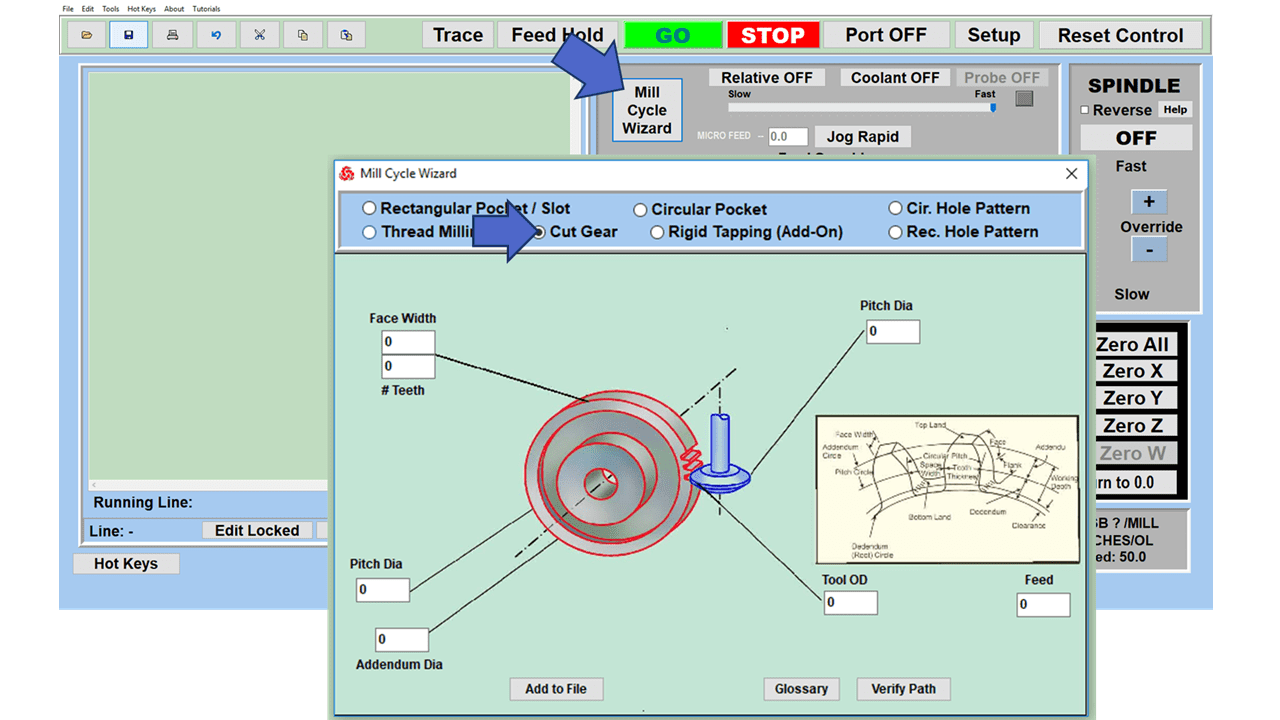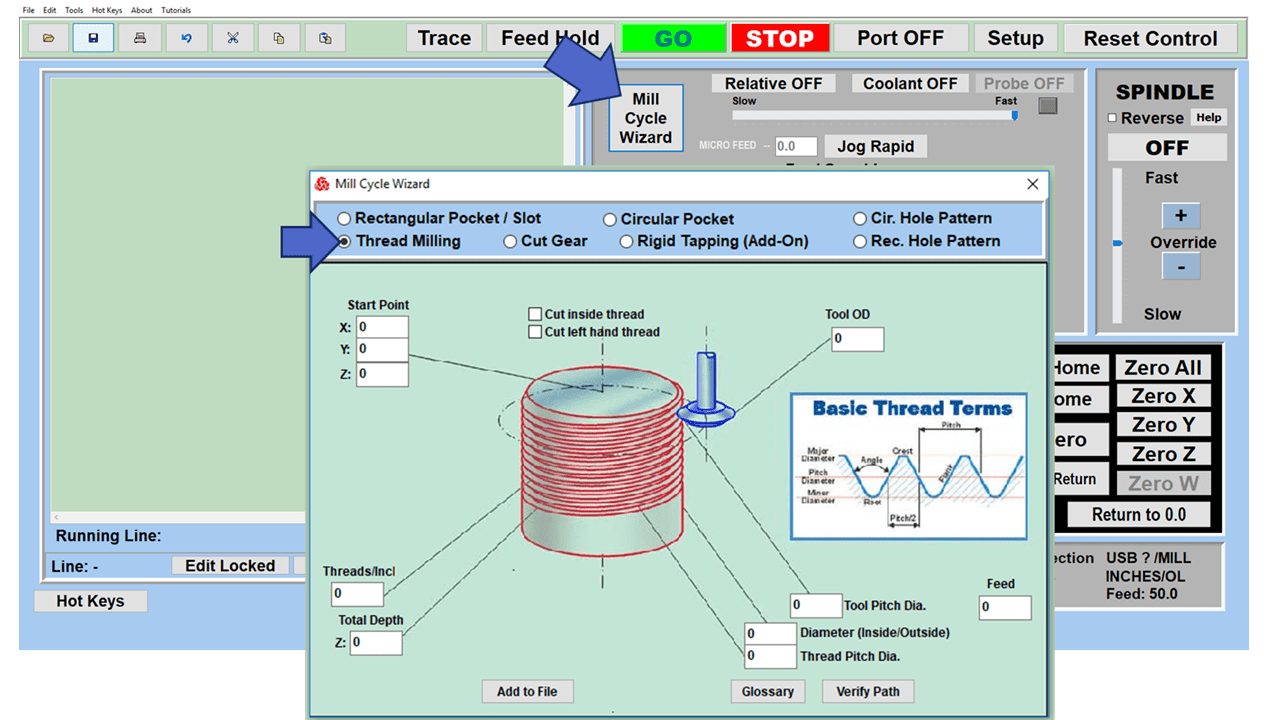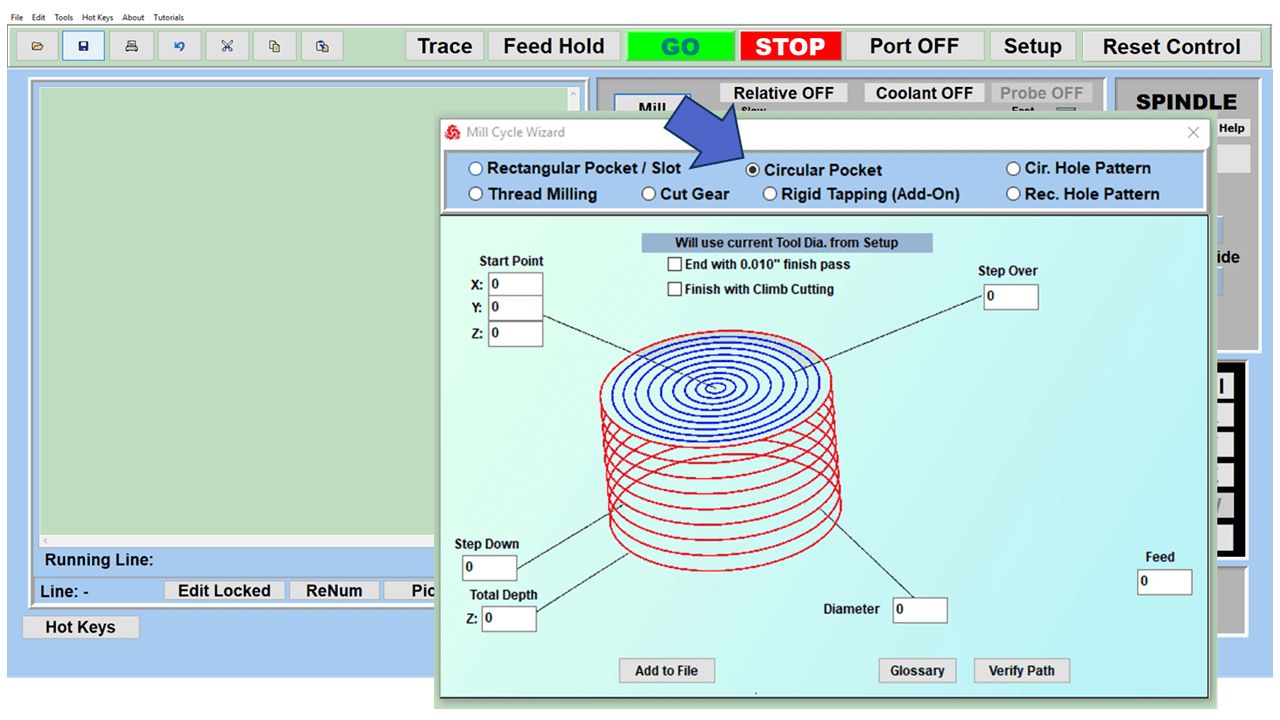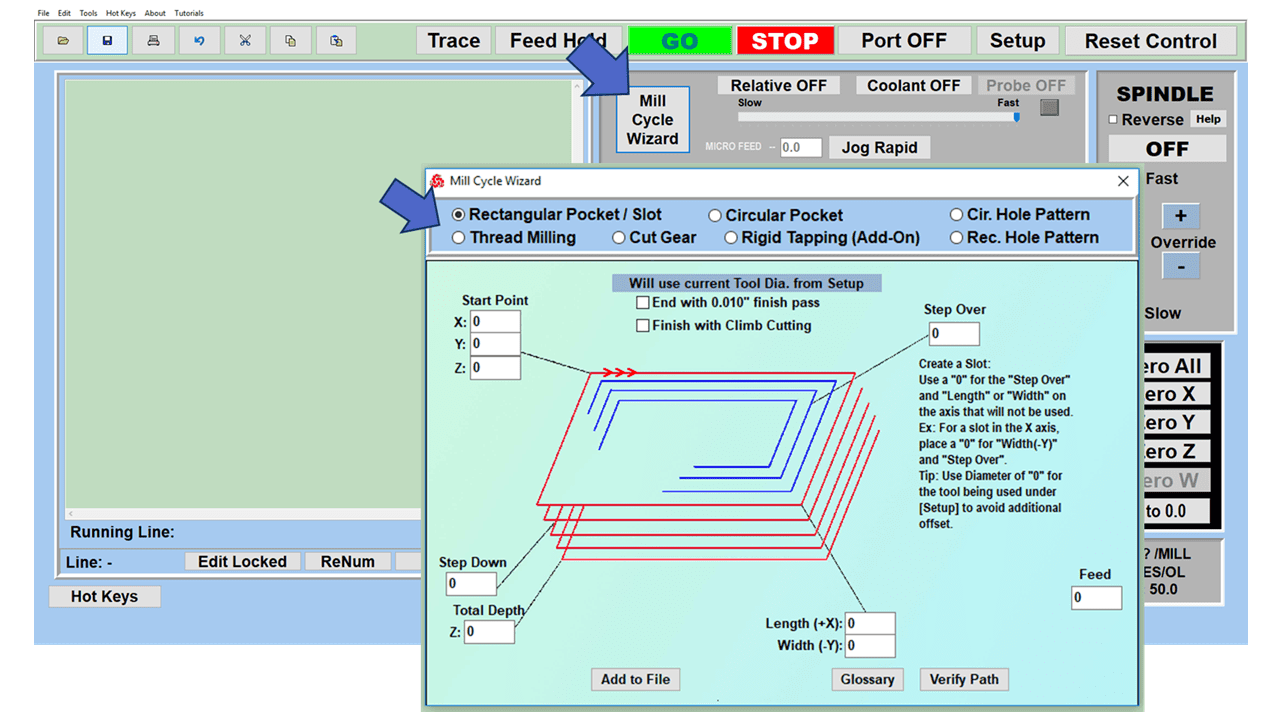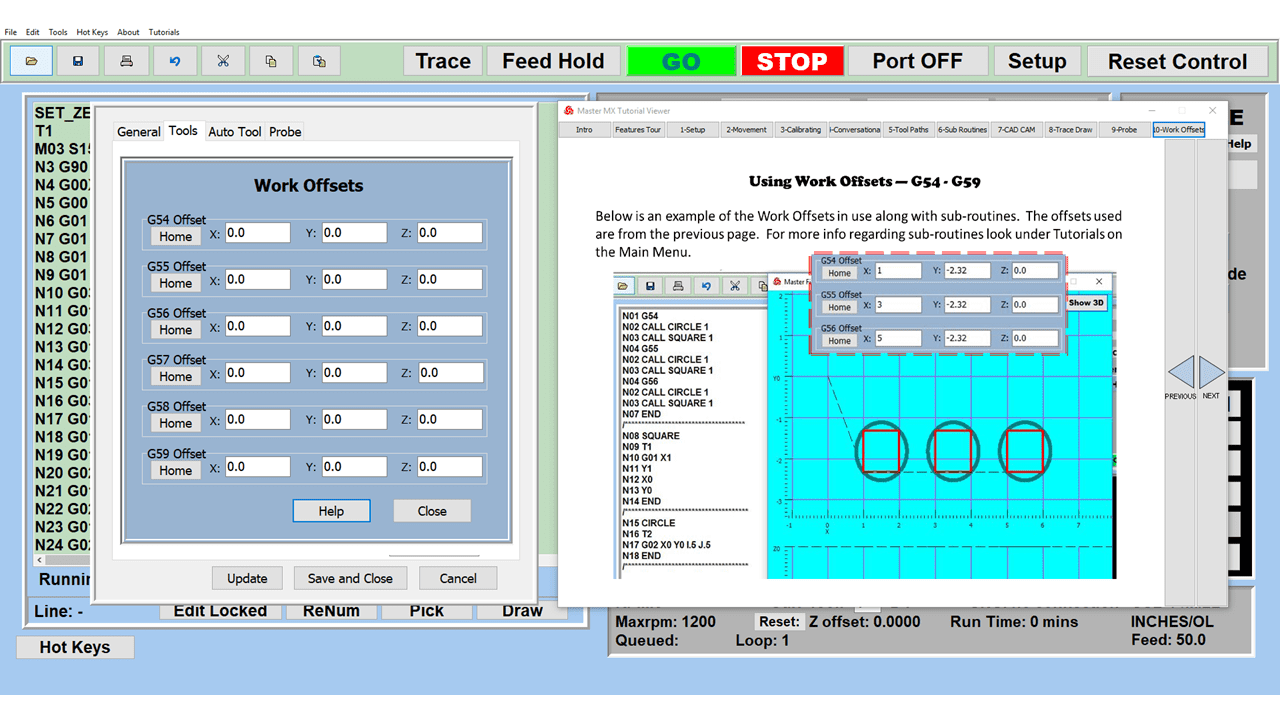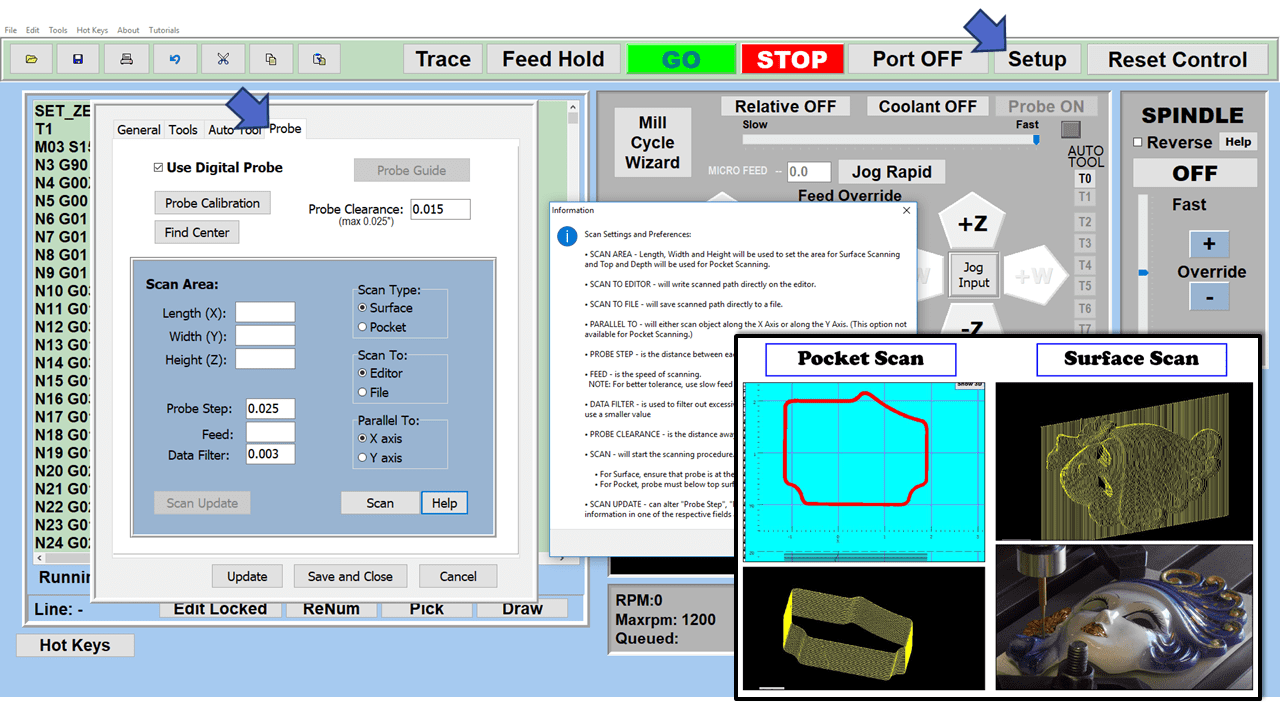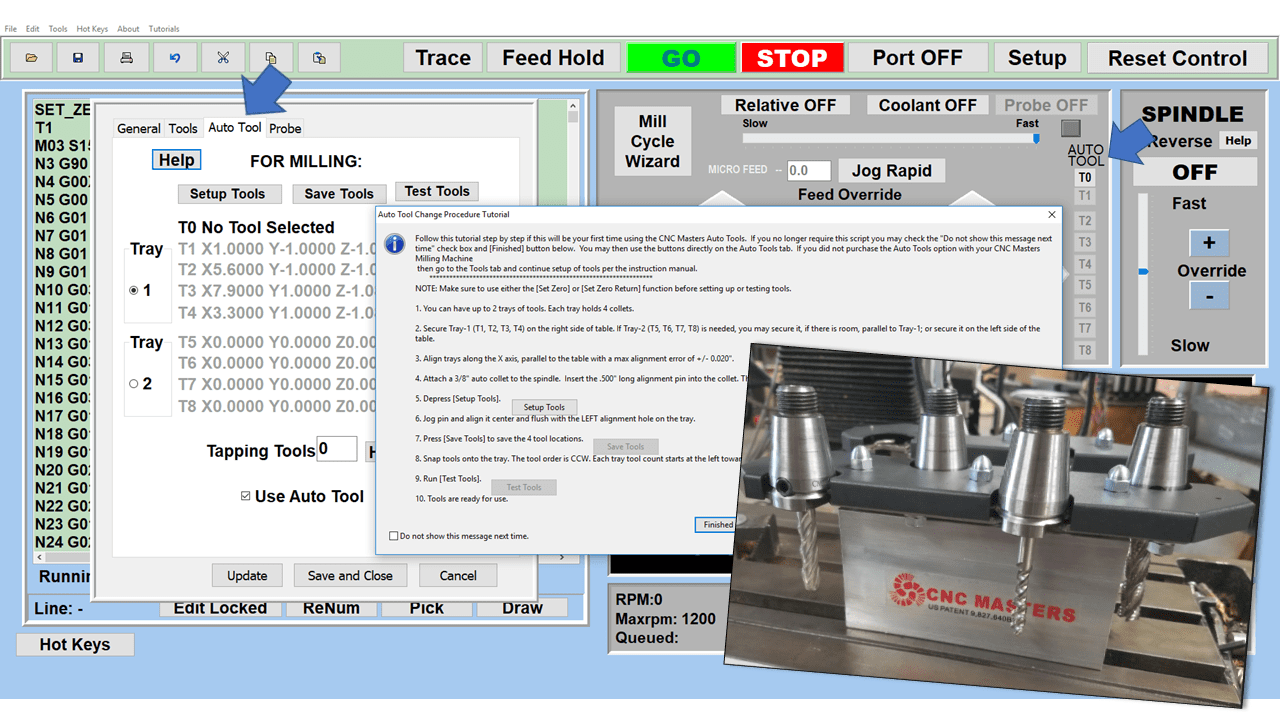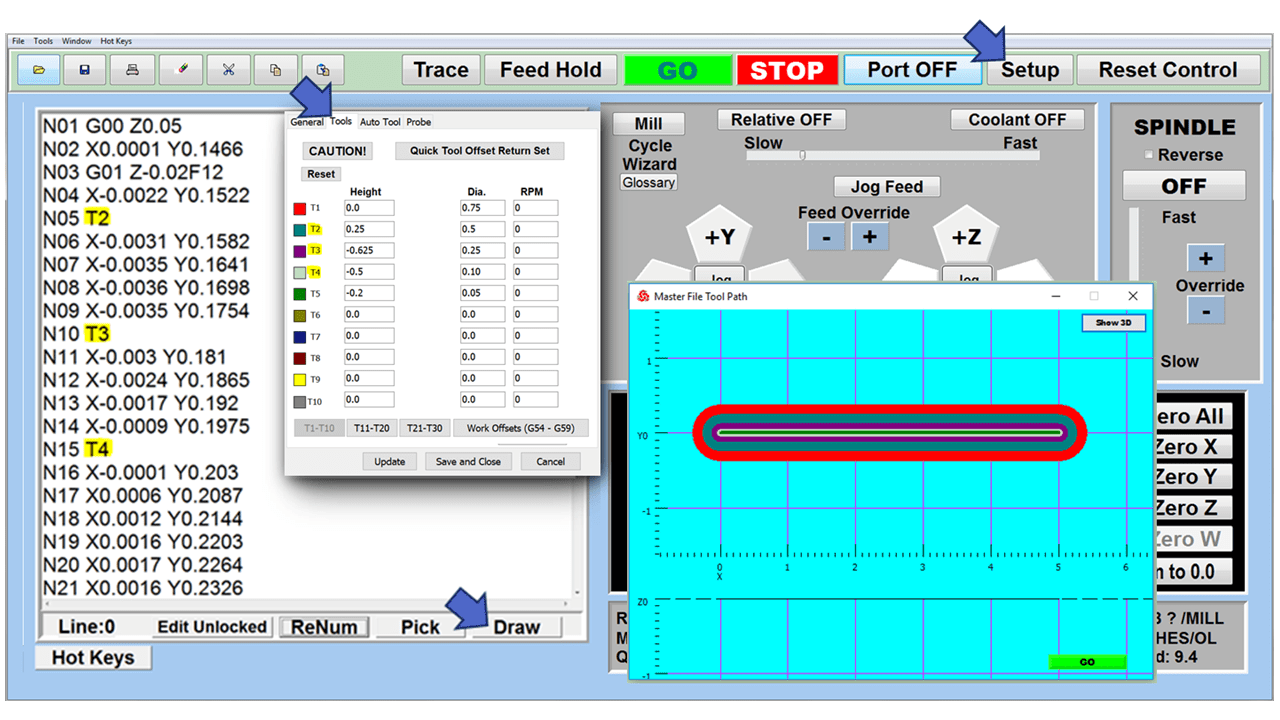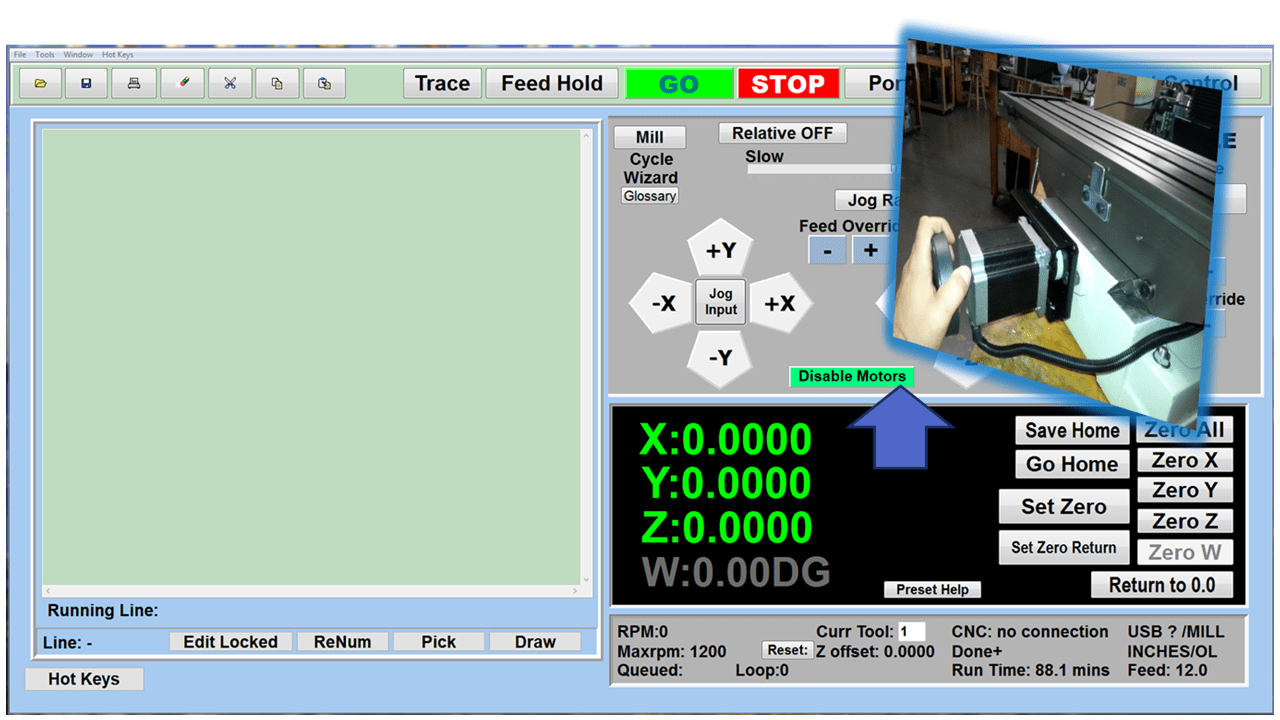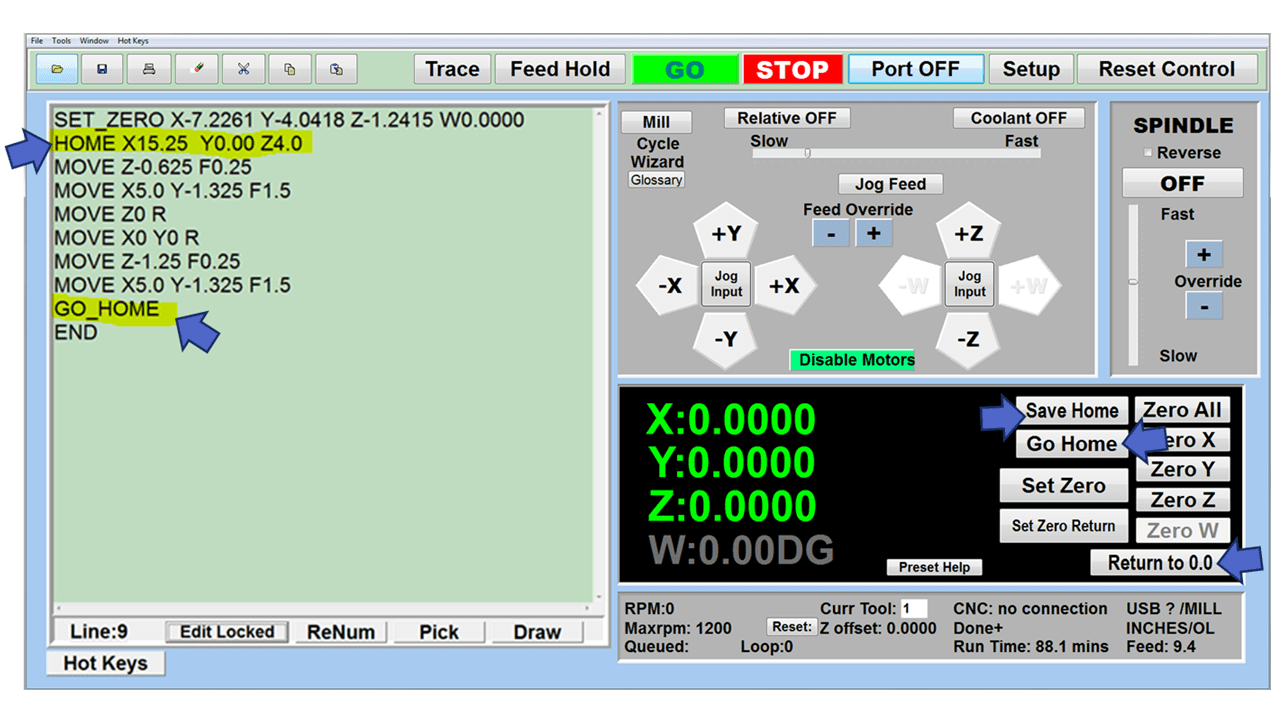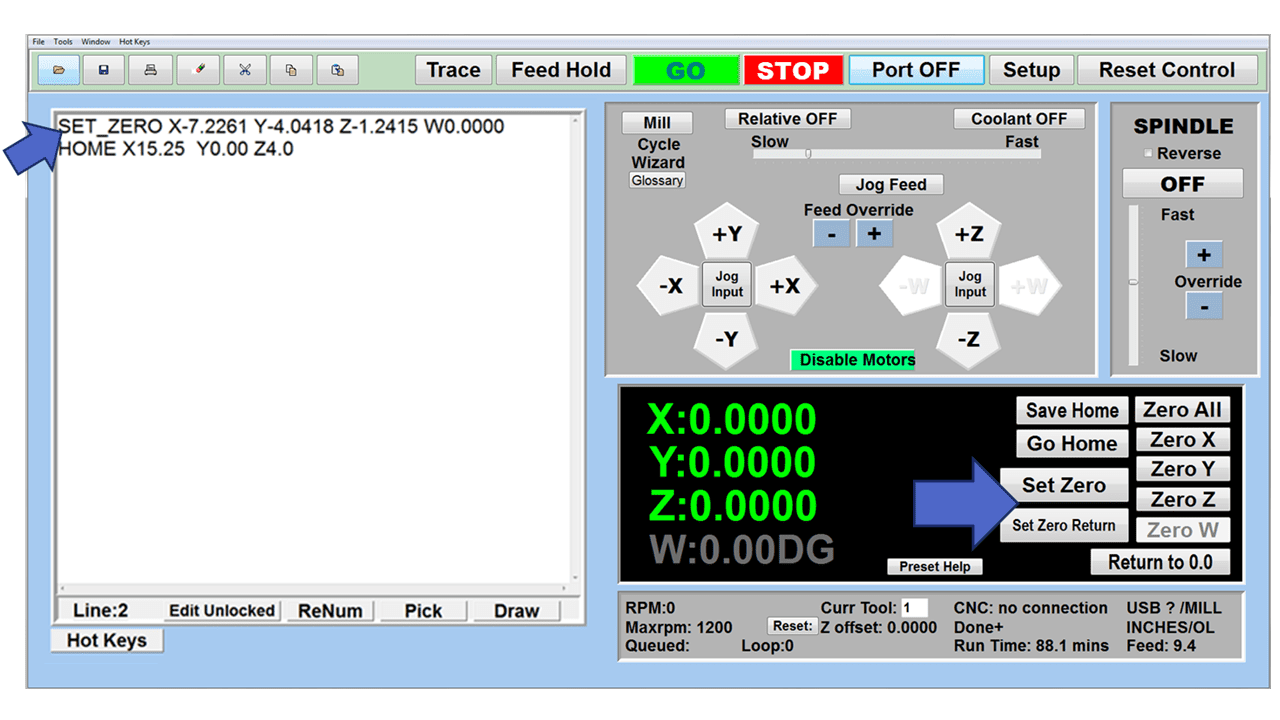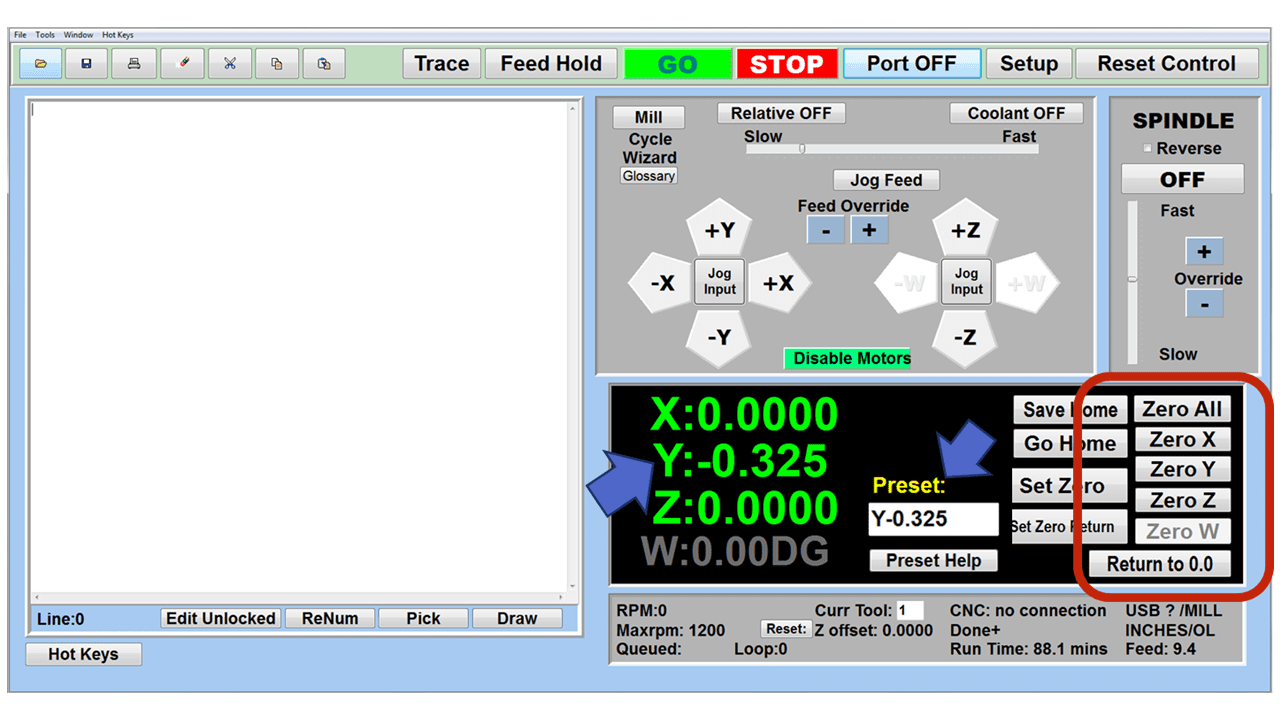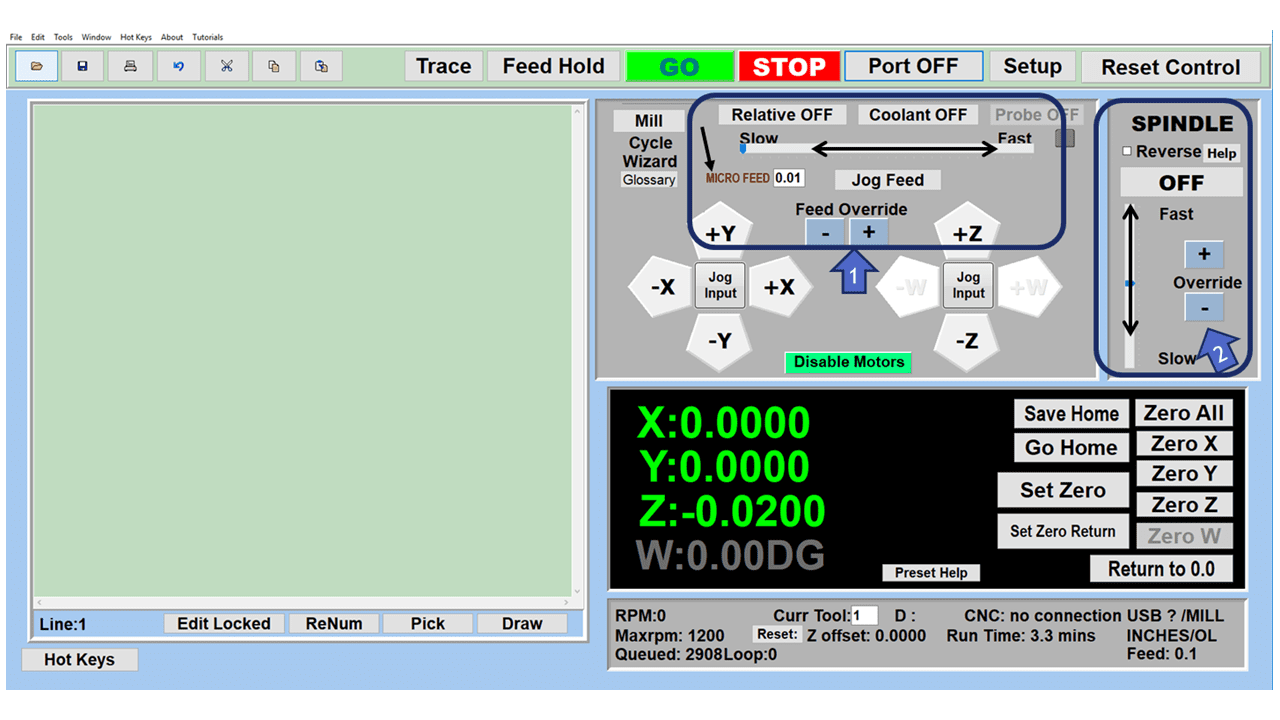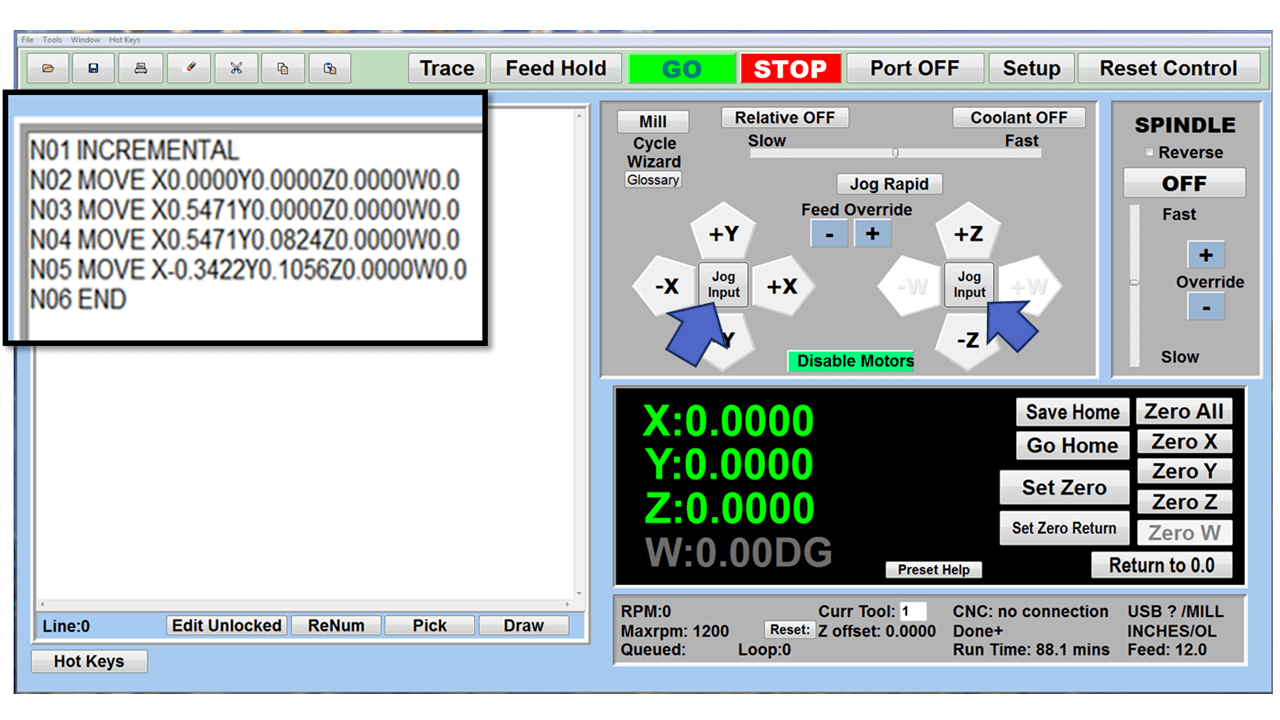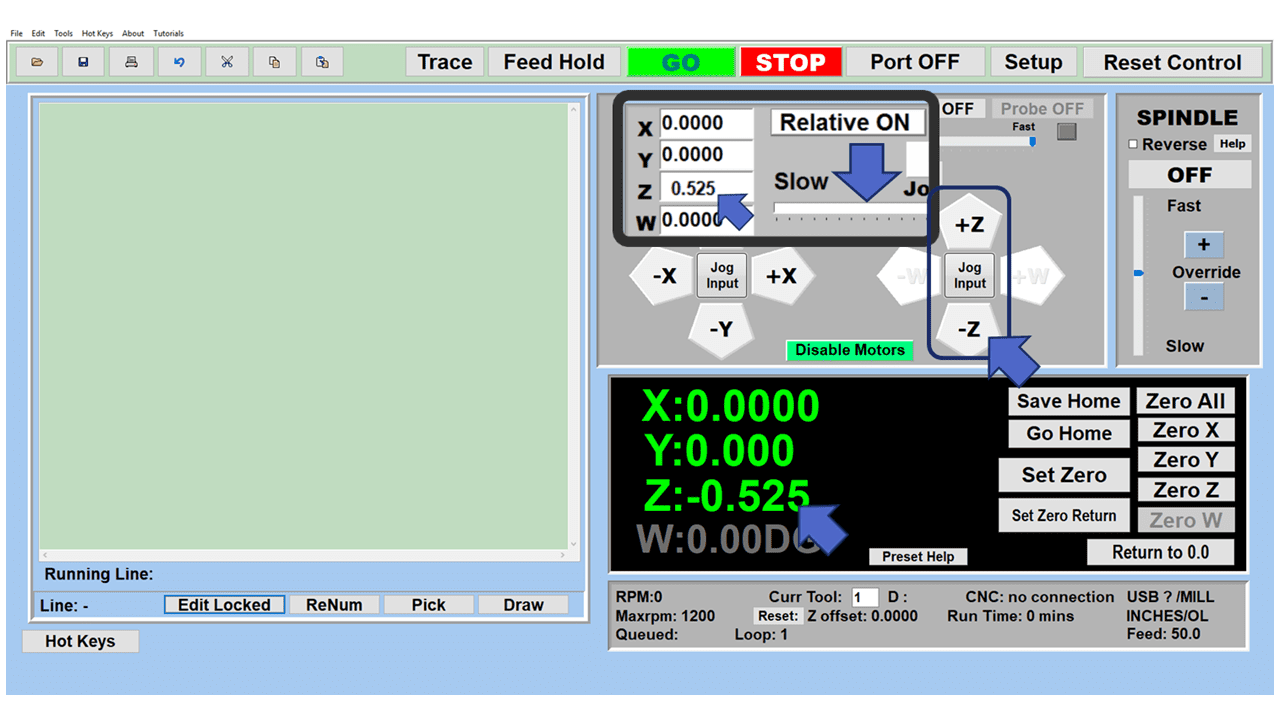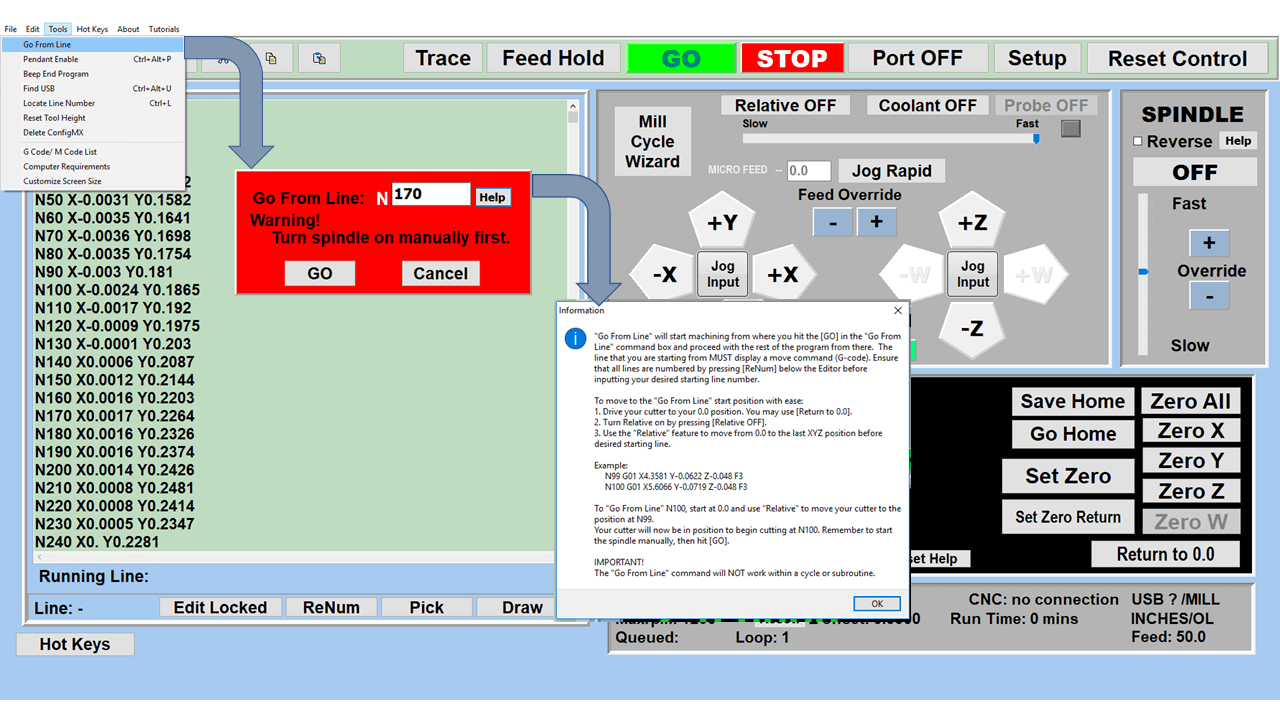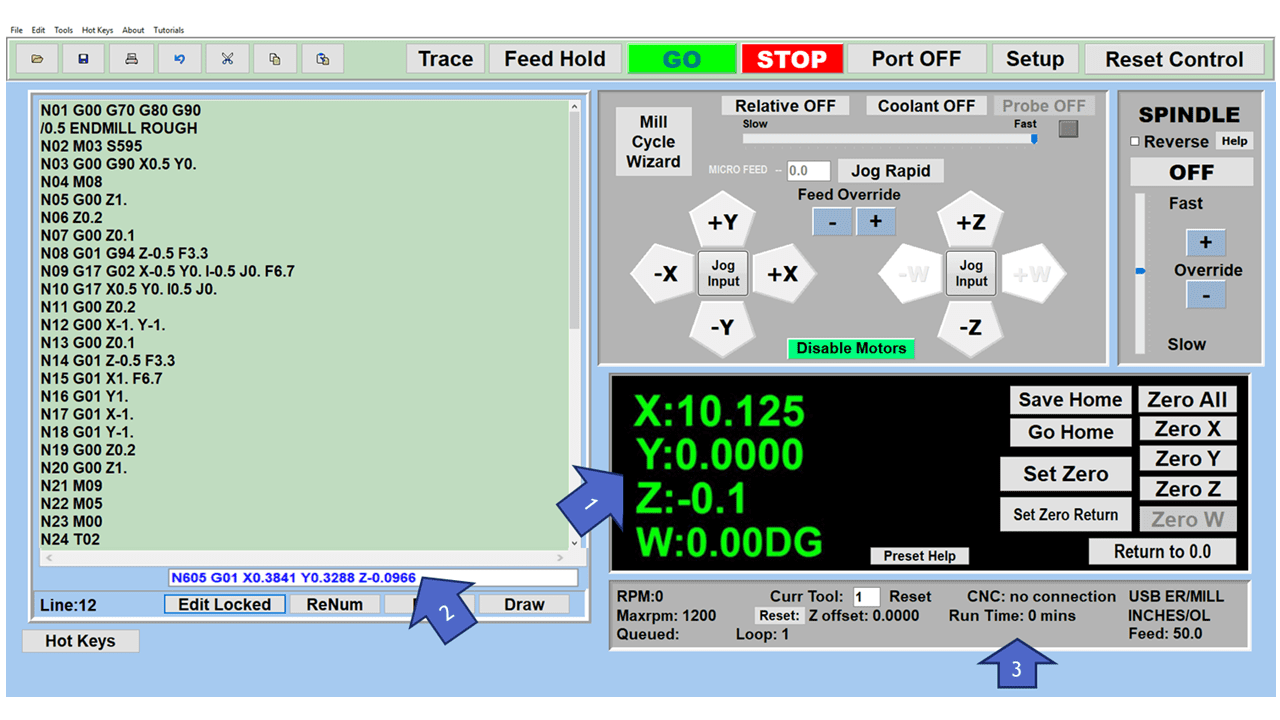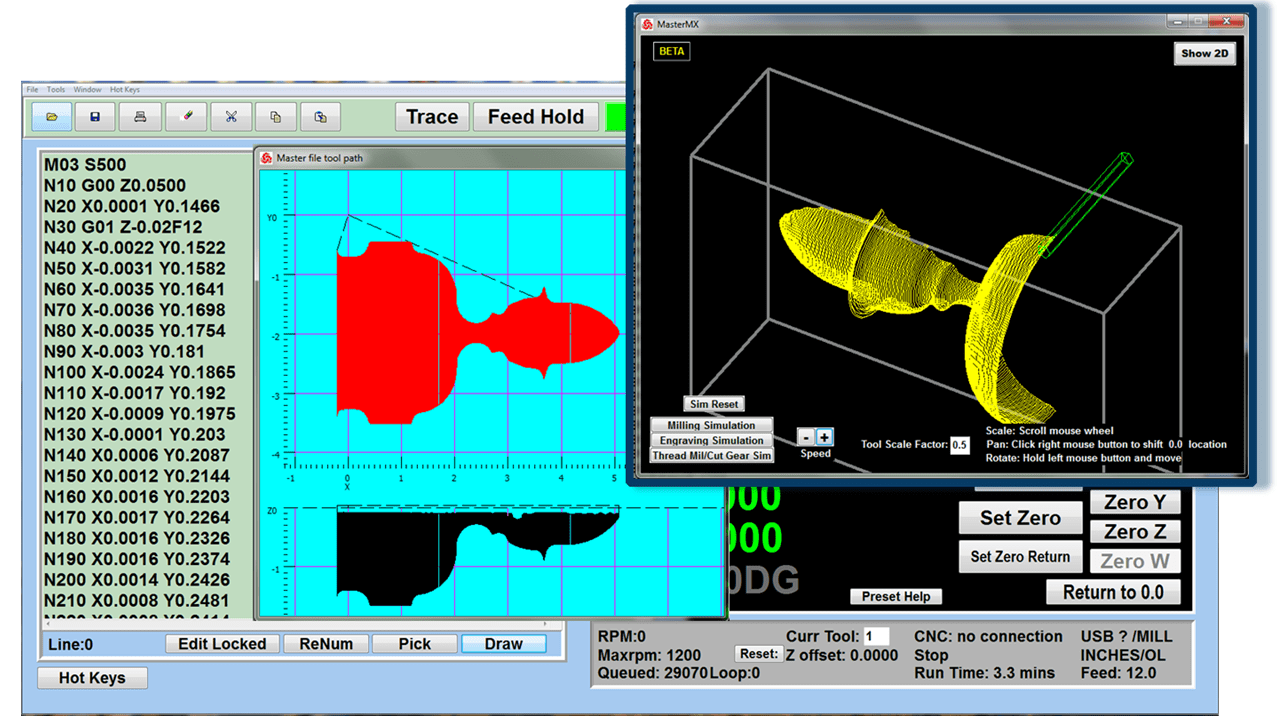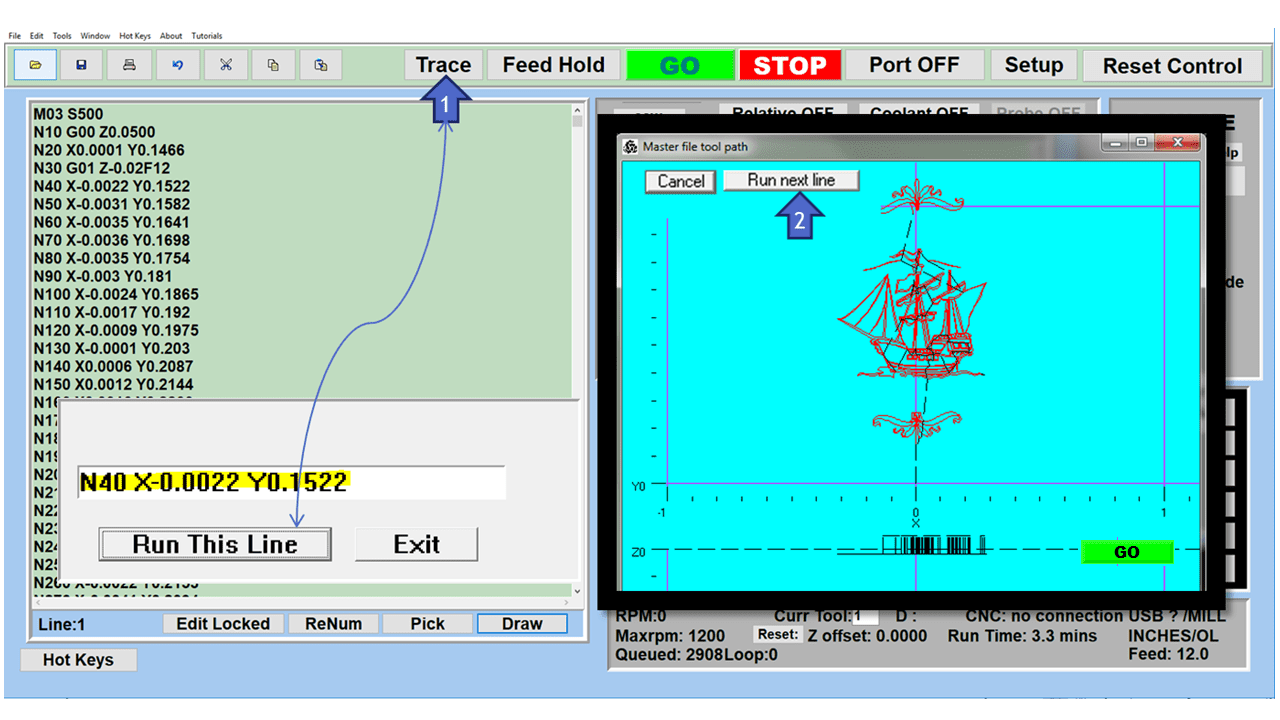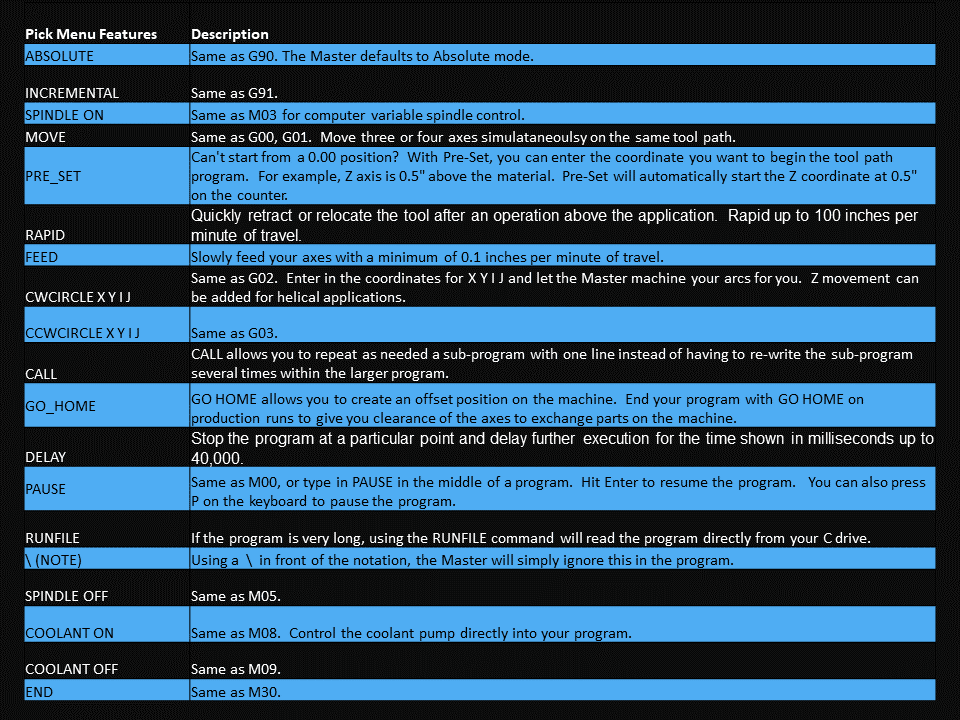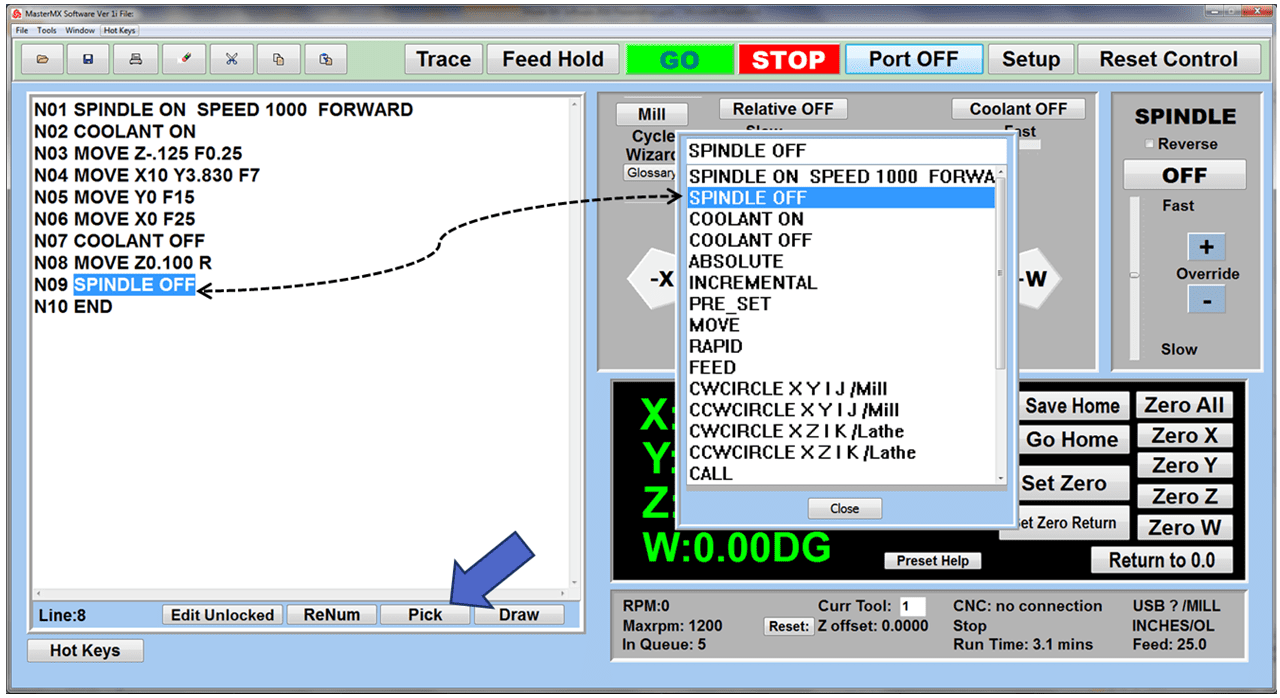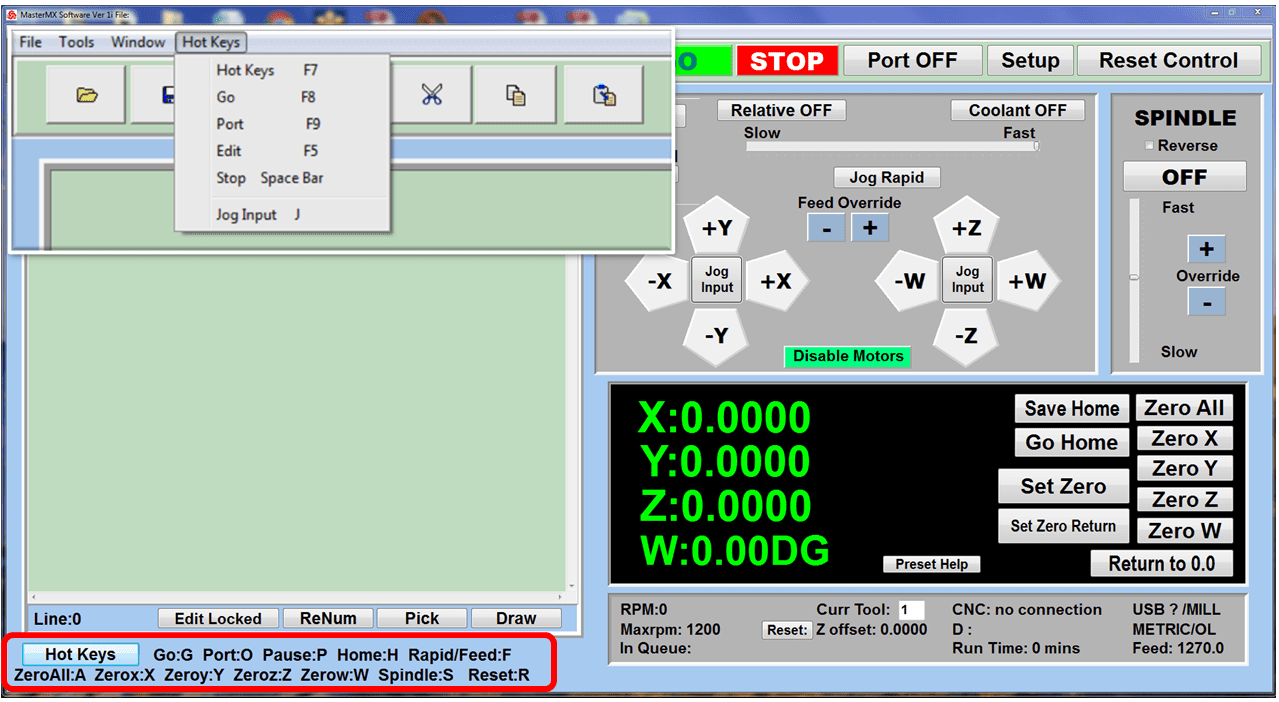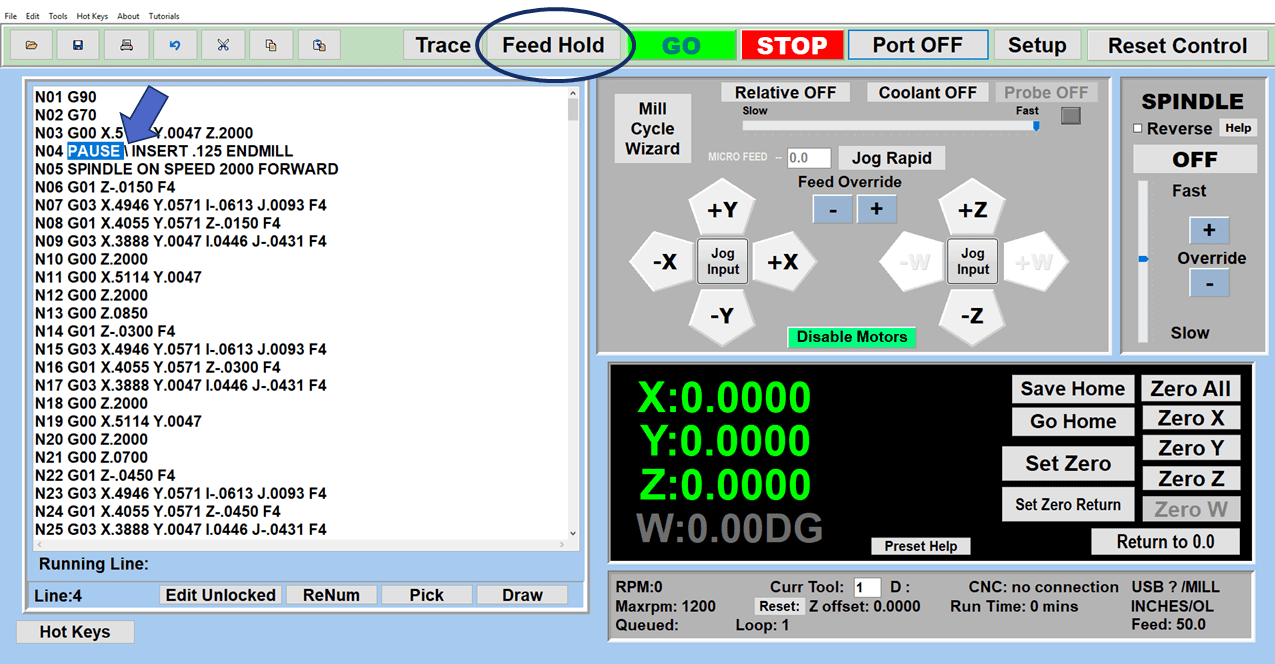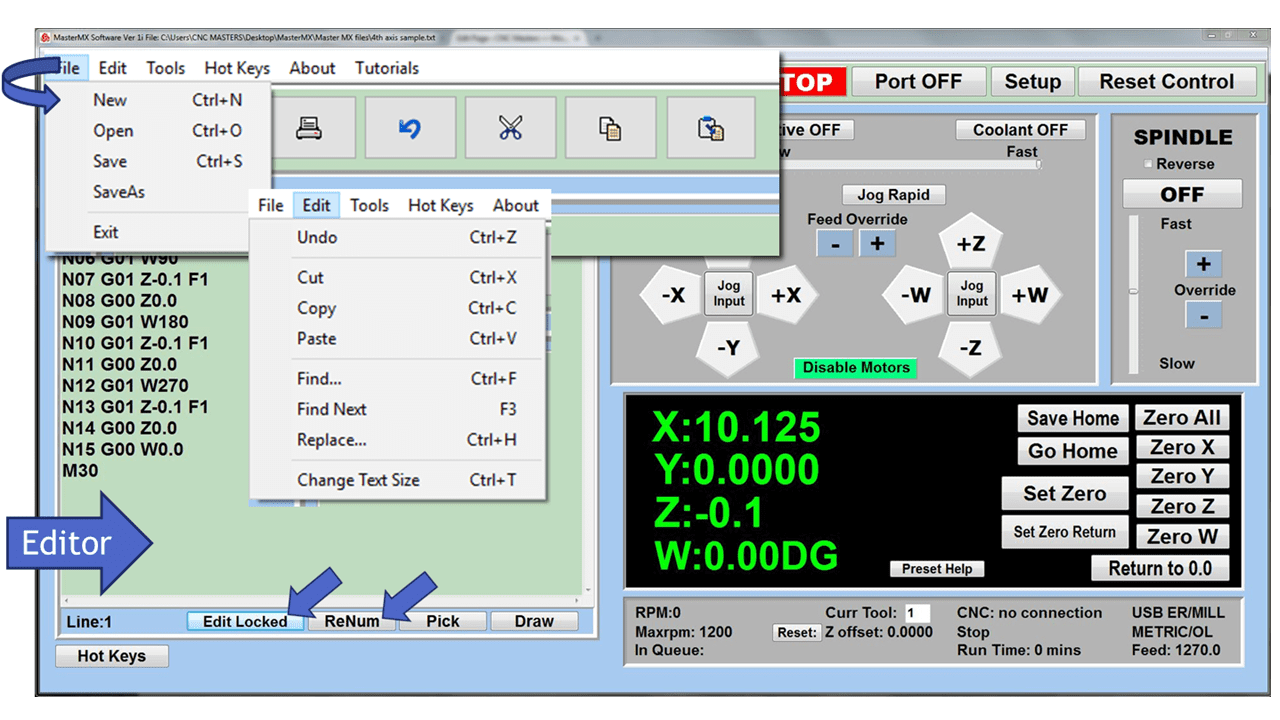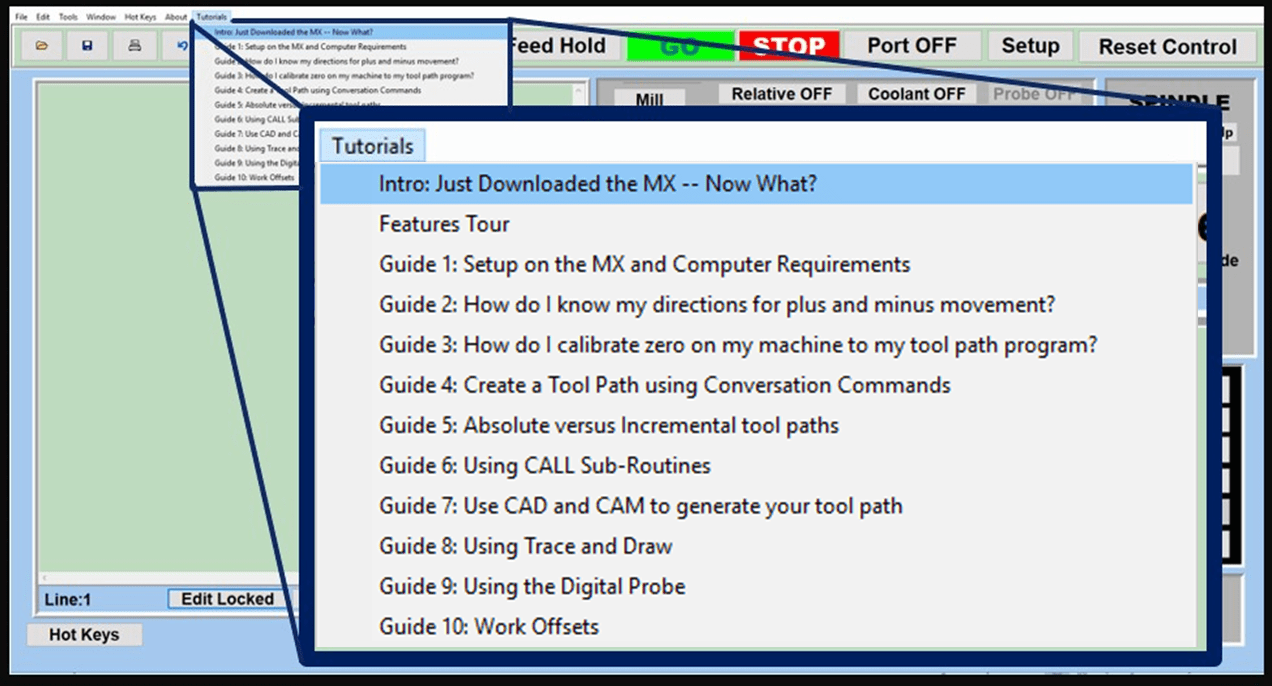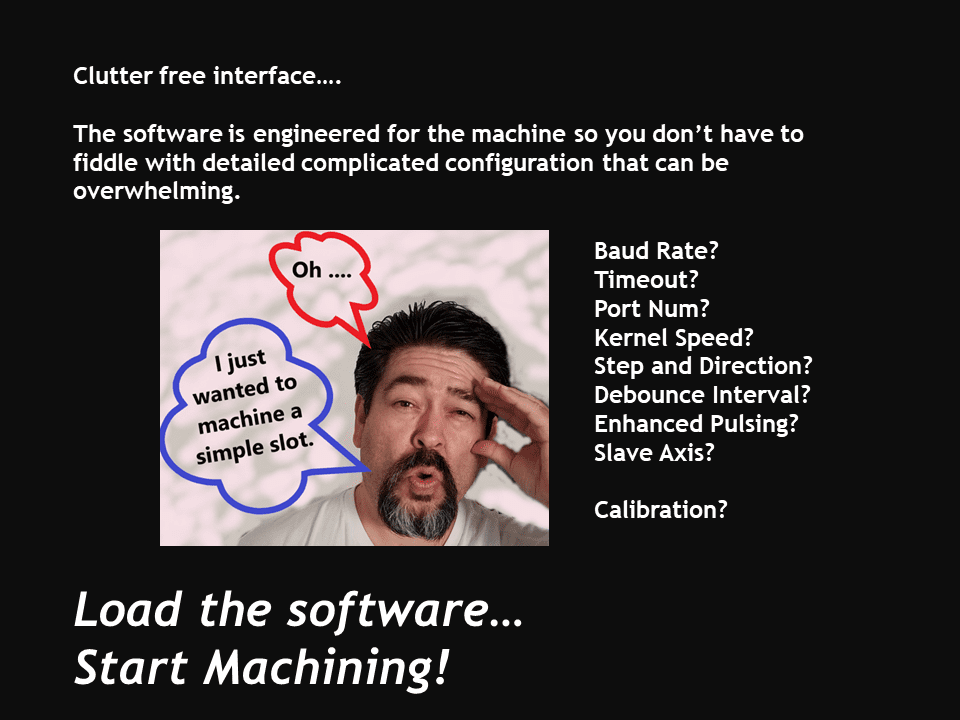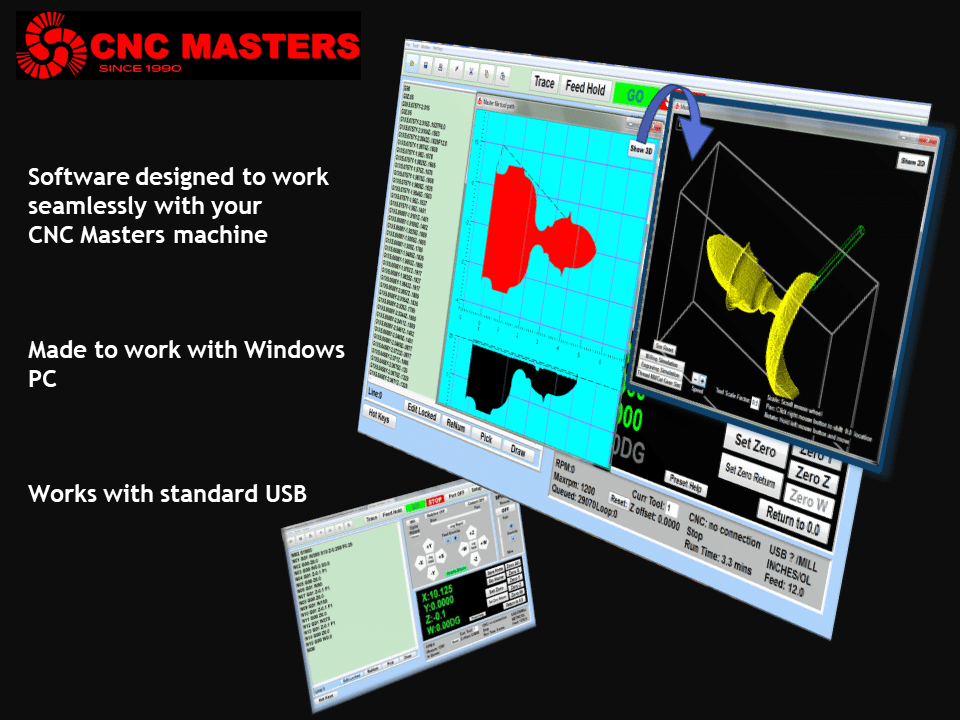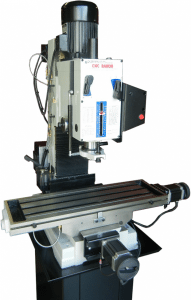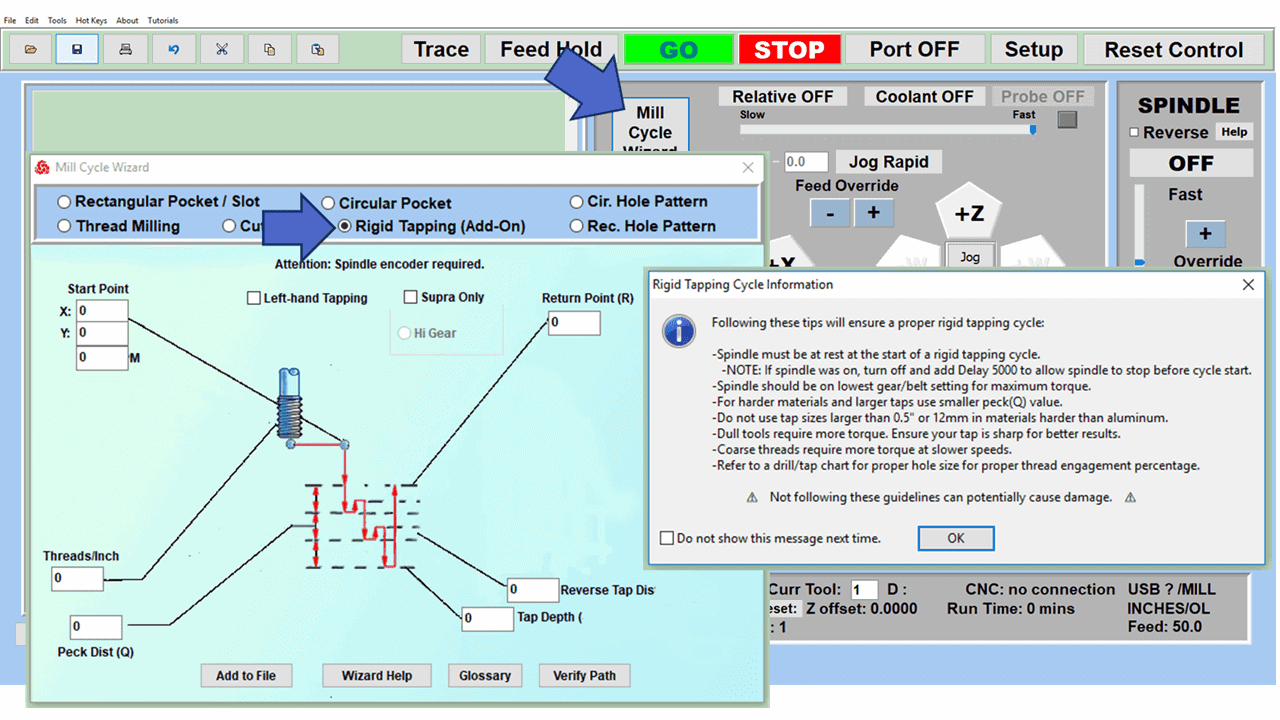Machinists new to manufacturing have a “long row to hoe” in their careers. Because there is so much to learn initially, it can be overwhelming for even the most resilient newcomer. No matter which of the dozen or so CNC machines you set out to learn, the challenges of machining operations and software knowledge can be daunting.
An excellent starting point is to study CNC terminology to become familiar and comfortable with the words and phrases heard and used regularly in the manufacturing environment. Naming and defining these terms can help mitigate frustration associated with learning a new skill.
With that in mind, you will undoubtedly encounter these thirty or so standard CNC terms on the way to becoming a machinist. The list is not exhaustive, merely a starting point to build.
Let’s begin with a term you will hear in practically any shop:
CNC Milling Machine
A CNC milling machine uses a rotating cylindrical cutter to move along multiple axes to machine slots, holes, and flat areas in material to produce a part, component, or product. CNC milling machines are typically oriented with horizontal and vertical spindles.
Milling Cutter
The purpose of a milling cutter is to remove material from a workpiece. The most well-known cutter is the end mill, typically made of carbide or high-speed steel. They can be flat on the end, radiused (ball nose), or ground to 45 degrees for milling chamfers, angles on the end of a flat surface.
CNC Router
A CNC router is similar to a milling machine but less rugged. Their cutting tools are shorter than an end mill, and the CNC router often has a gantry-style construction where the spindle travels left and right along the X-axis and back and forth on the Y-axis. They are limited to cutting softer materials like wood and aluminum and have limited travel along the Z-axis (up and down), meaning they cannot cut deep holes and slots.
CNC Lathe
CNC lathes are machine tools where the workpiece is clamped and rotated by the main spindle, while the cutting tool that removes the material is stationary and moves in various axes. The rotating action of the part is called “turning,” and the lathe creates cylindrical pieces with ODs (Outer Diameters) and IDs (Inner Diameters).
Machine Tool
A machine tool refers to equipment for machining metal or other materials, primarily by cutting, boring, grinding, turning, etc. Machine tools use a cutting tool, some means of holding the material, and guided machine movements. Although all machine tools help workers to make things, not all factory machines are machine tools.
Workpiece
In the manufacturing industry, a workpiece refers to the raw material or component being transformed into a finished product. This process involves manipulating the workpiece through various operations, including milling, drilling, turning, and cutting, to create a finished product to the desired specifications.
Computer Numerical Control (CNC)
Computer numerical control (CNC) is a manufacturing method that automates the control, movement, and precision of machine tools using preprogrammed computer software inside the tools.
Work Holding Devices
Work holding is a universal term for any device that keeps a workpiece stable and immovable. Some examples of these devices include vises, chucks, toggle clamps, power clamps, end stops, soft or hard jaws, locators, fixtures, and jigs. The most effective work-holding devices have easily repeatable setups.
Computer Aided Design (CAD)
Computer-aided design (CAD) is a way to digitally create 2D drawings and 3D models of parts. Unlike paper blueprints, designers can share, review, simulate, and modify their designs easily, allowing for more innovative products that get to market quickly.
CAD Drawing
CAD drawings are detailed and precise computer-aided design drawings replacing the hand-made drawings from the drafting department. Before the advent of CAD, creating drawings was a time-consuming and labor-intensive process. With CAD, designers can quickly and easily generate and modify drawings.
CAD File
A CAD file is a digital file format of an object created with CAD software. The file comprises a blueprint, technical drawing, schematic, or 3D rendering of a part to be manufactured.
Computer Aided Manufacturing (CAM)
Computer Aided Manufacturing (CAM) uses software and computer-controlled machinery to automate manufacturing processes. It’s made up of software that generates a toolpath instructing CNC machinery to produce a part from raw material. Post processors convert the toolpaths into a language the machine understands.
CAM Software
Computer-aided manufacturing (CAM) software uses numerical control to create detailed instructions (G-code) that drive CNC machines. CAM software makes the machining process more efficient by automating machining operations, resulting in high-quality manufacturing.
CAD/CAM
CAD/CAM refers to integrating computer-aided design (CAD) and computer-aided manufacturing (CAM). CAD/CAM software is used to design and manufacture prototypes, finished products, and production runs of various products.
Automatic Tool Changer (ATC)
As the name suggests, automatic tool changers improve the production and tool-carrying capacity of CNC machines by changing tools quickly without the intervention of a manual operator. The ATC significantly reduces downtime on machining projects.
G-Code
G-code is a programming language for CNC machines. G-code, “Geometric Code,” instructs the machine where to move, how fast to move, and what path to take. In the case of additive manufacturing (3D printers), the G-code commands tell the machine to deposit material layer upon layer, forming a precise geometric shape.
IGES File
IGES stands for Initial Graphics Exchange Specification, and the IGES drawing file saves vector image data to transfer 2D and 3D information between different CAD applications.
Spindle Speed
The spindle speed refers to the rotational speed of the spindle of the machine. With CNC lathes, the workpiece is attached to a chuck that’s attached to the spindle. On a milling machine, the spindle holds end mills and drill bits in a collet, a metal collar that holds the cutting tool. The spindle speed affects the surface finish of the workpiece and also the longevity of the cutting tool.
Feed Rate
Feed rate refers to the distance the cutting tool travels during one spindle revolution and the velocity at which the cutter moves through the workpiece during a machining operation.
Surface Finish
Surface finish refers to the surface texture or topography and is defined by the three characteristics: lay, surface roughness, and waviness. It’s made up of minor deviations of a surface from the perfectly flat ideal.
Depth of Cut
Depth of cut is a machining parameter determining the depth at which a cutting tool plunges into the surface of the workpiece to remove material. As a rule, a shallow depth of cut is recommended for finishing cuts, while a greater depth of cut is recommended for roughing cuts.
Because the depth of cut is one of the three main cutting parameters (along with spindle speed and feed rate), its value influences machining performance and economy. For example, a higher depth of cut will enhance productivity but can also result in cutting tool breakage.
Climb Milling
Also called “down milling,” climb milling is when the cutting motion of the tool is in the same direction as the feeding direction of the work
Conventional Milling
With conventional milling, the cutter rotates against the direction of the feed. Conventional milling is the traditional approach for side milling since the backlash, the “play” between the lead screw and the nut in the machine table, is eliminated.
Flutes
Flutes are the sharp blades that corkscrew along the length of an endmill. They do the cutting work when the tool is spinning. End mills typically have 2, 3, or 4 flutes. The cutting tool with more flutes has more cutting edges to cut faster and smoother than one with fewer flutes.
Chip Load
Chip load per tooth is the amount of material that one cutting edge of the tool removes in a single revolution. Chip load is measured in Inches Per Tooth (IPT).
Tool Deflection
Tool deflection occurs when the force of cutting overcomes the rigidity of the tool, causing the tool to bend. Although you might not see the tool bend, you will notice it when you measure the workpiece.
Cutting Force
Cutting force is generated by the cutting tool as it machines the workpiece. It can be divided into primary and secondary cutting forces.
Toolpath
A toolpath is a set of instructions defining the movements of a cutting tool on a CNC machine. It shows the cutting tool’s path while removing material from a workpiece, and it also indicates the location, speed, direction, and cutting depth for each point along the way.
Servo Motor
A servo motor is a rotary or linear actuator that controls angular or linear position, velocity, and acceleration precisely. It consists of a motor, a sensor for position feedback, and a relatively sophisticated CNC controller, often a dedicated module designed specifically for servomotors.
Stepper Motor
Stepper motors are distinguished from servos since each pulse of electricity turns the motor one step. Stepper motors are controlled by a driver, which sends the pulses into the motor, causing it to turn. The number of pulses the motor turns equals the number of pulses fed into the driver.
Coolant
Coolant, often called cutting fluid, is a lubricant that helps a CNC machine cut various types of material. At low cutting speeds, the coolant helps lubricate the machining process; at higher rates, it helps lower the workpiece temperature.
4th Axis
The typical 3-axis machine tool operates with an X-axis (side-to-side), Y-axis (back-to-front), and Z-axis (up and down). However, adding a rotary table allows you to rotate the workpiece around its vertical axis for more complex machining. The rotary table becomes the 4th axis.
Counterbore
Counterbore is a common machining operation used for recessing a bolt head down into the hole.
Countersink
Another machining operation is for recessing a flathead below the surface of a workpiece. Counterboring and countersinking operations are often parts of a CNC milling program.
Final Thoughts
CNC machining is highly technical and has a unique language understood by machinists, designers, and other seasoned professionals. If you’re considering a career in CNC work, you must familiarize yourself with the terminology you’ll encounter regularly.
These terms will help you get started in the trade, but there are many more beyond these that you will accumulate as you make progress.

